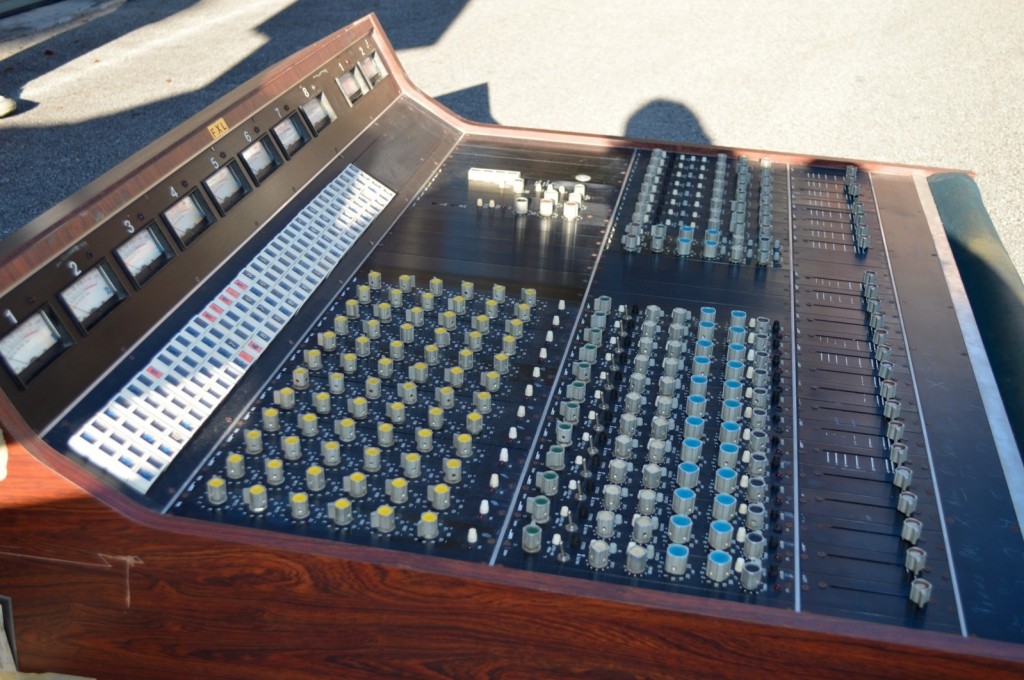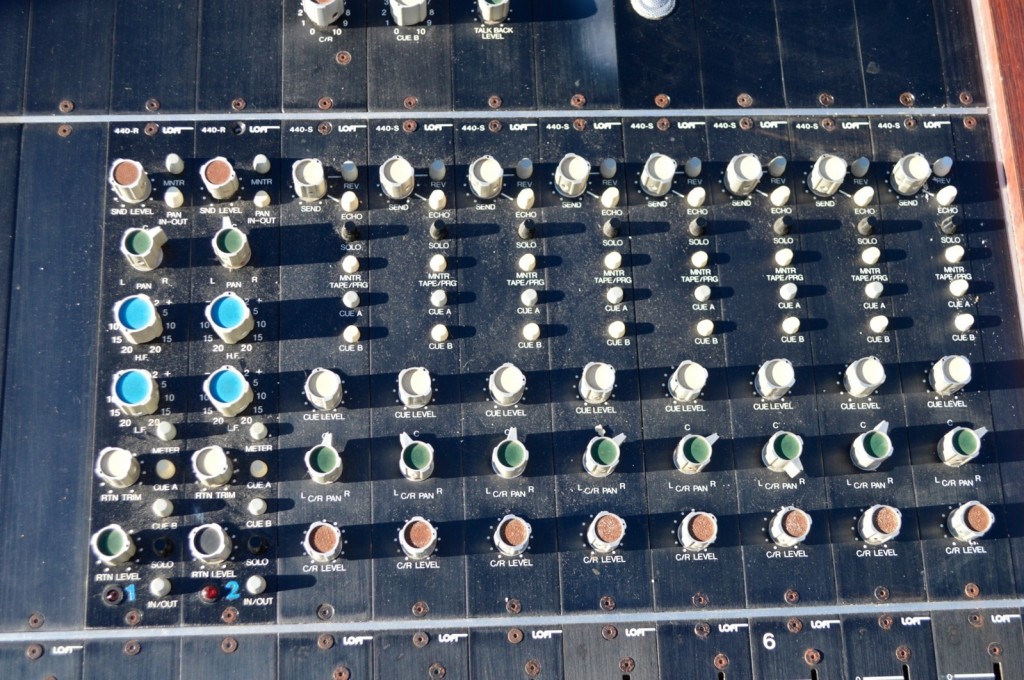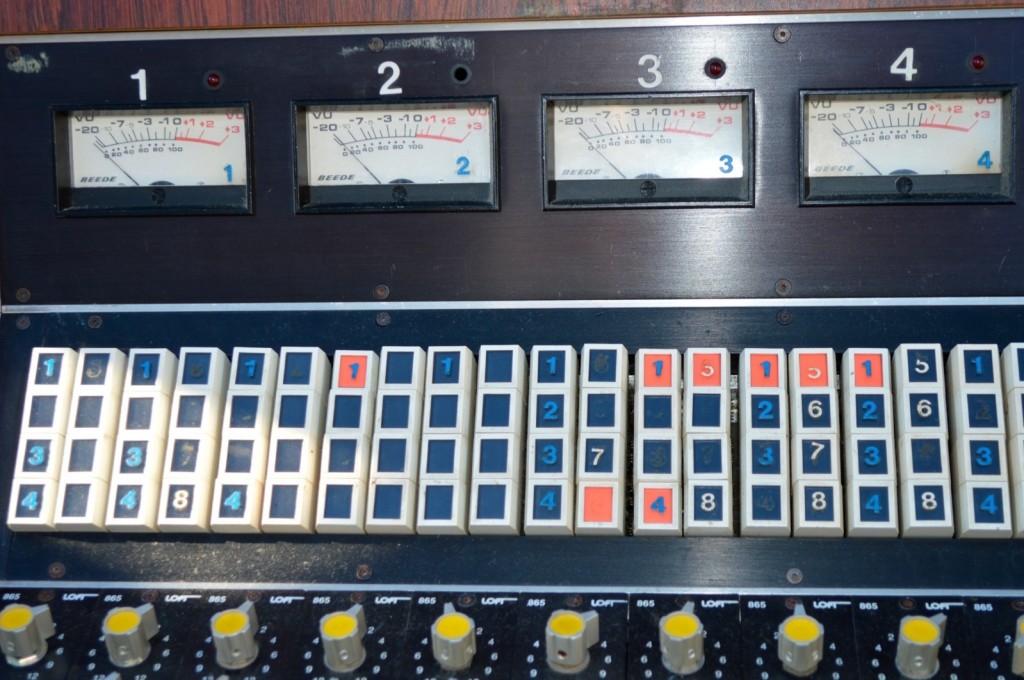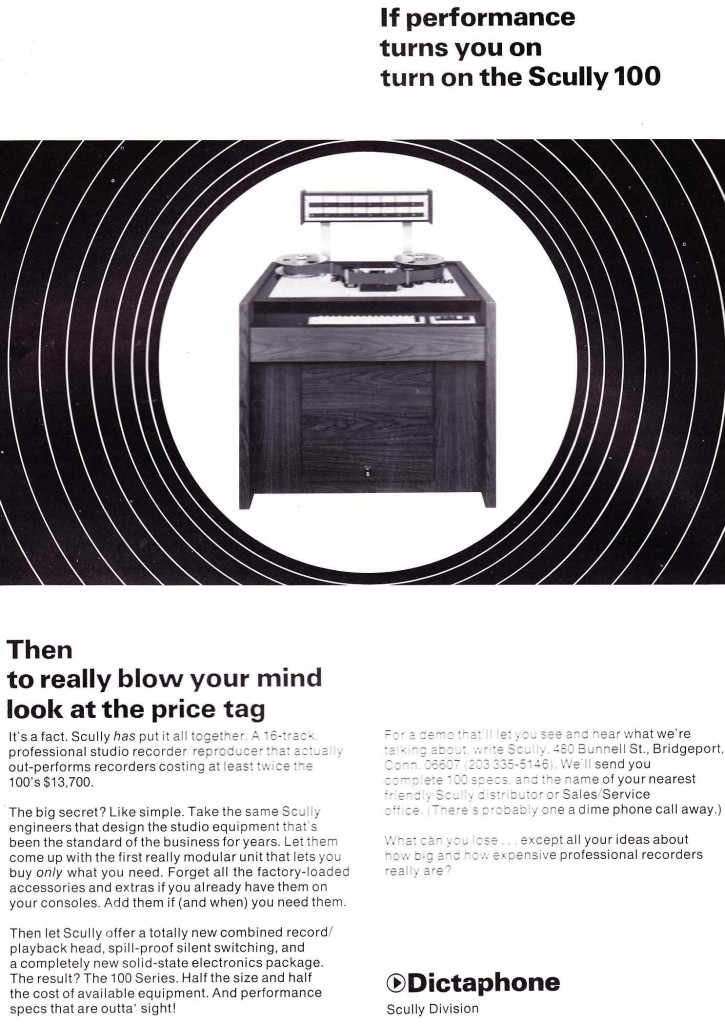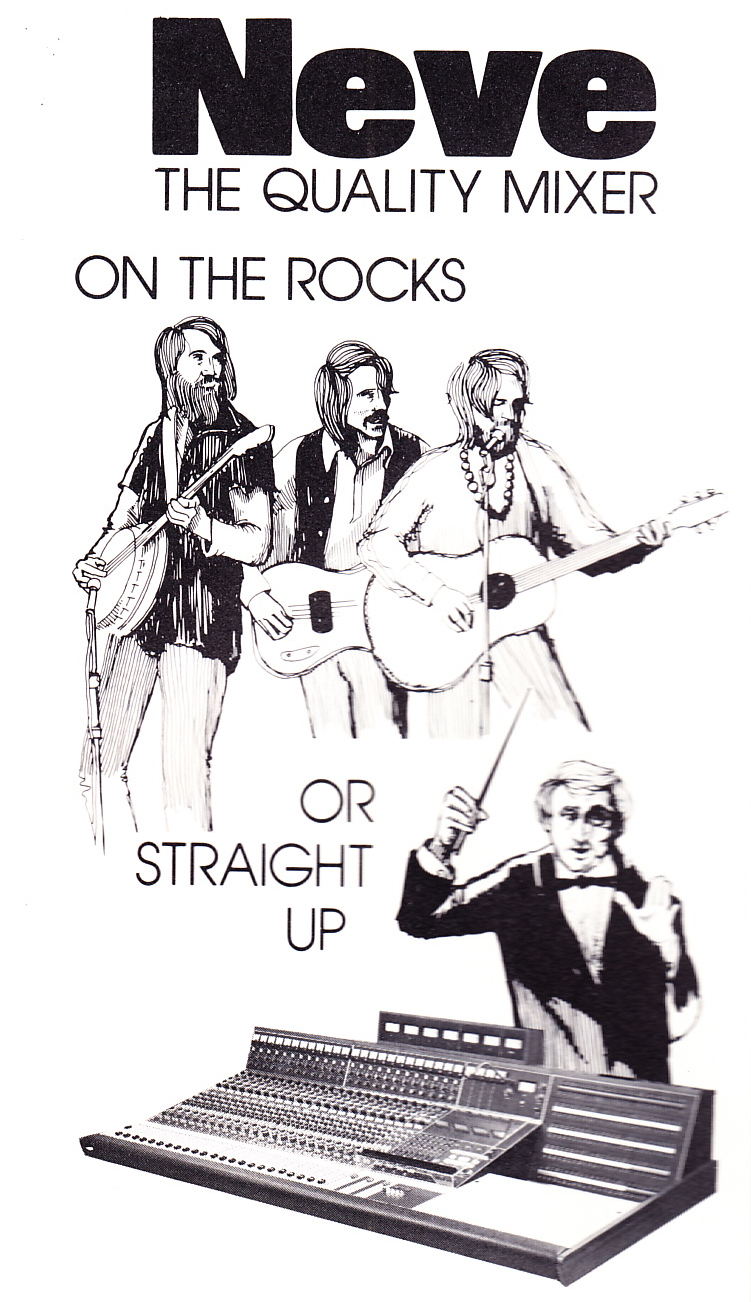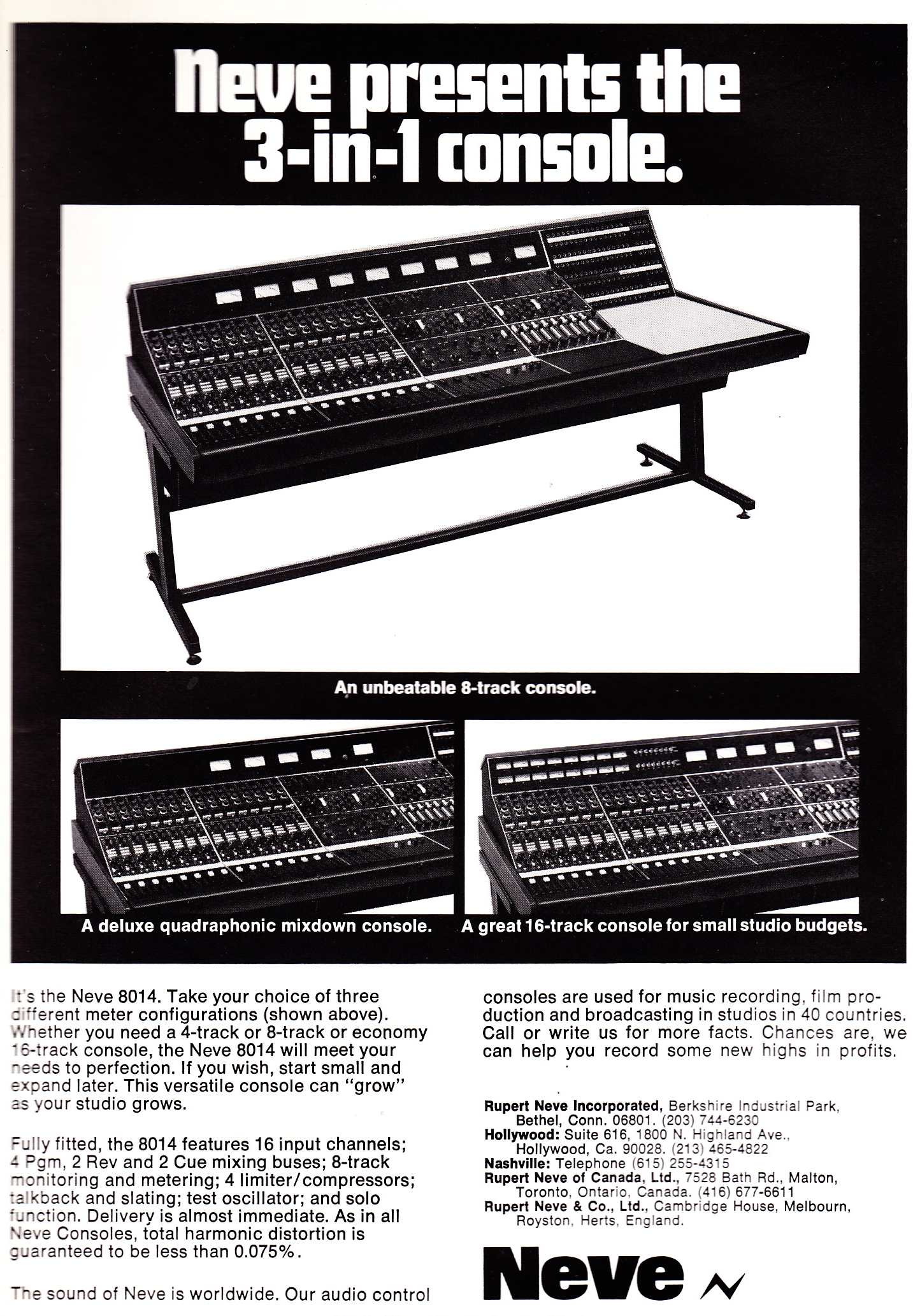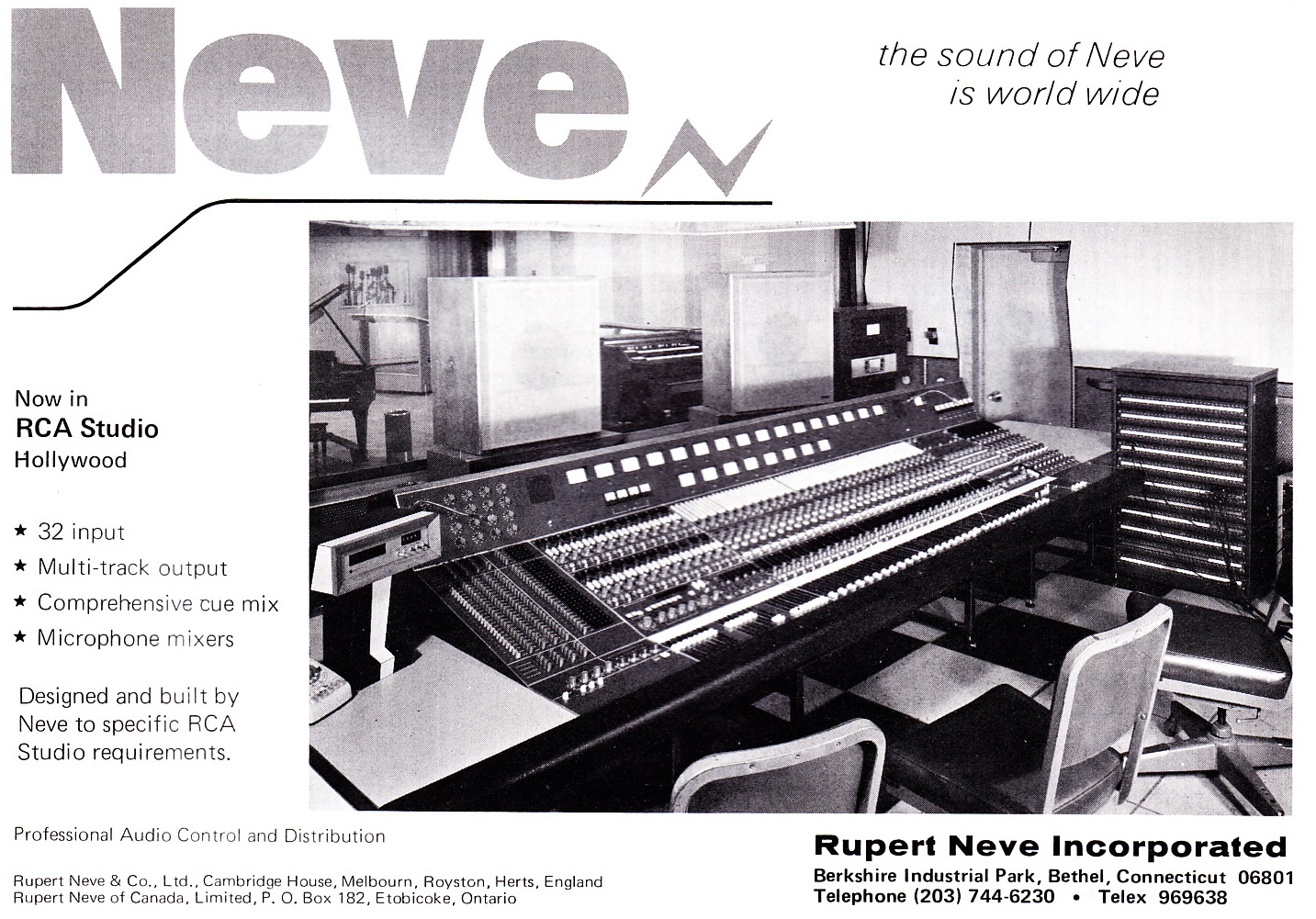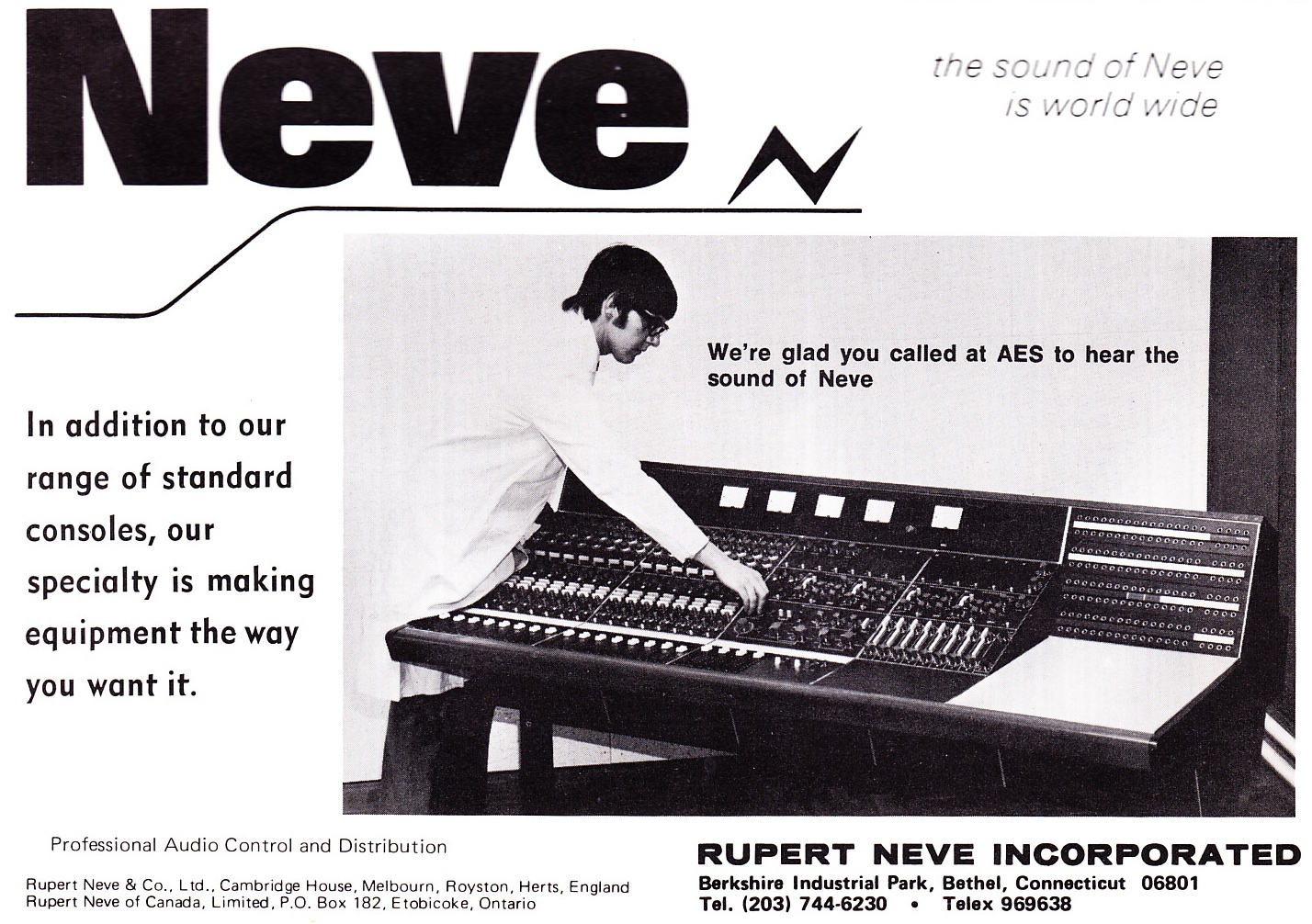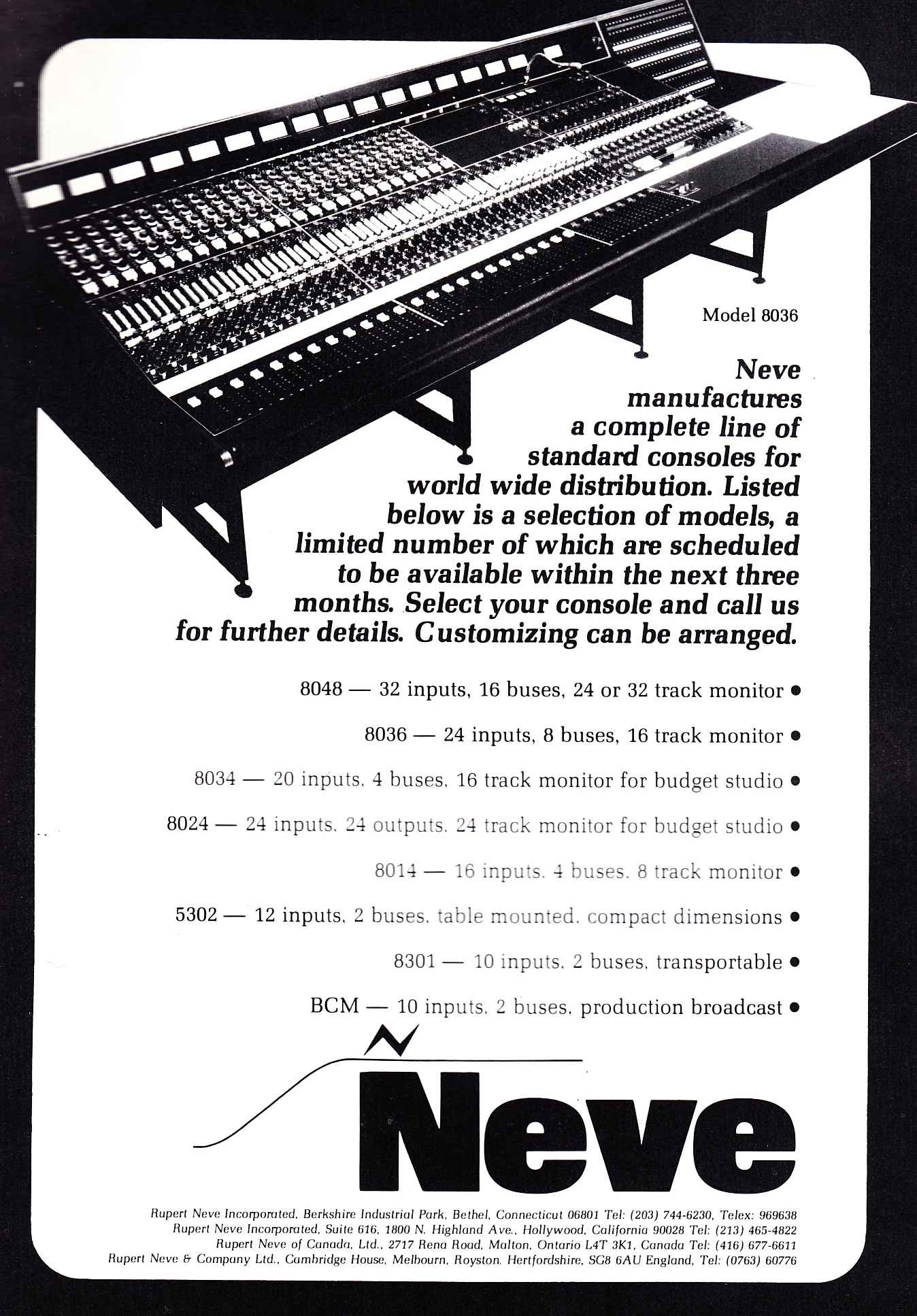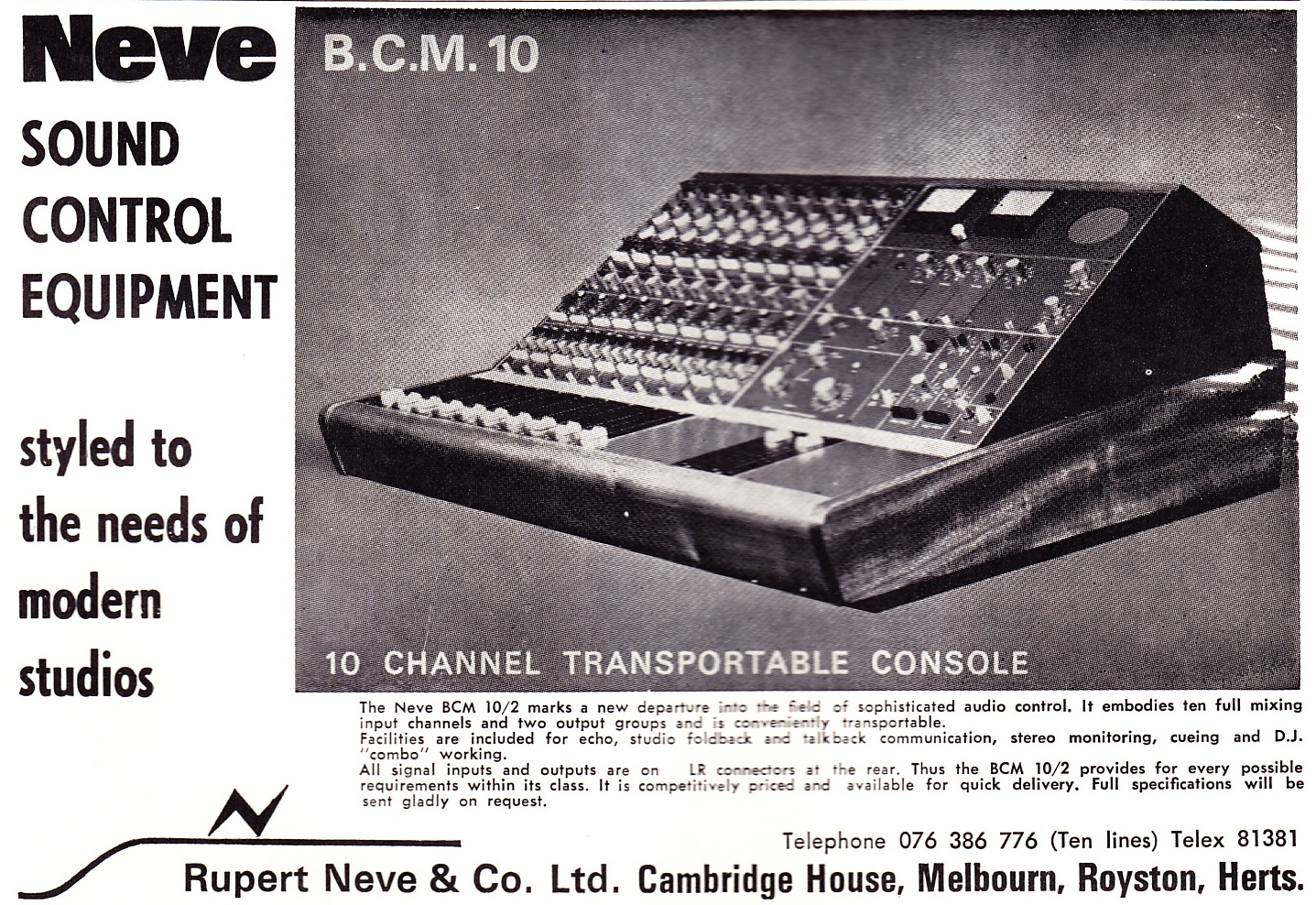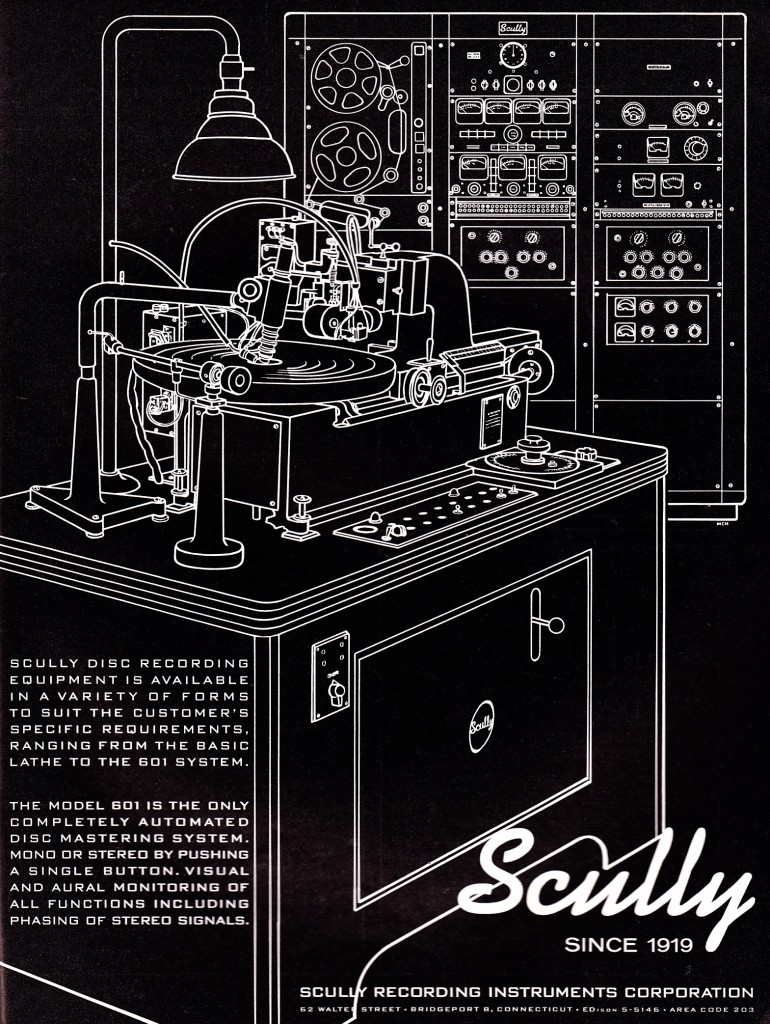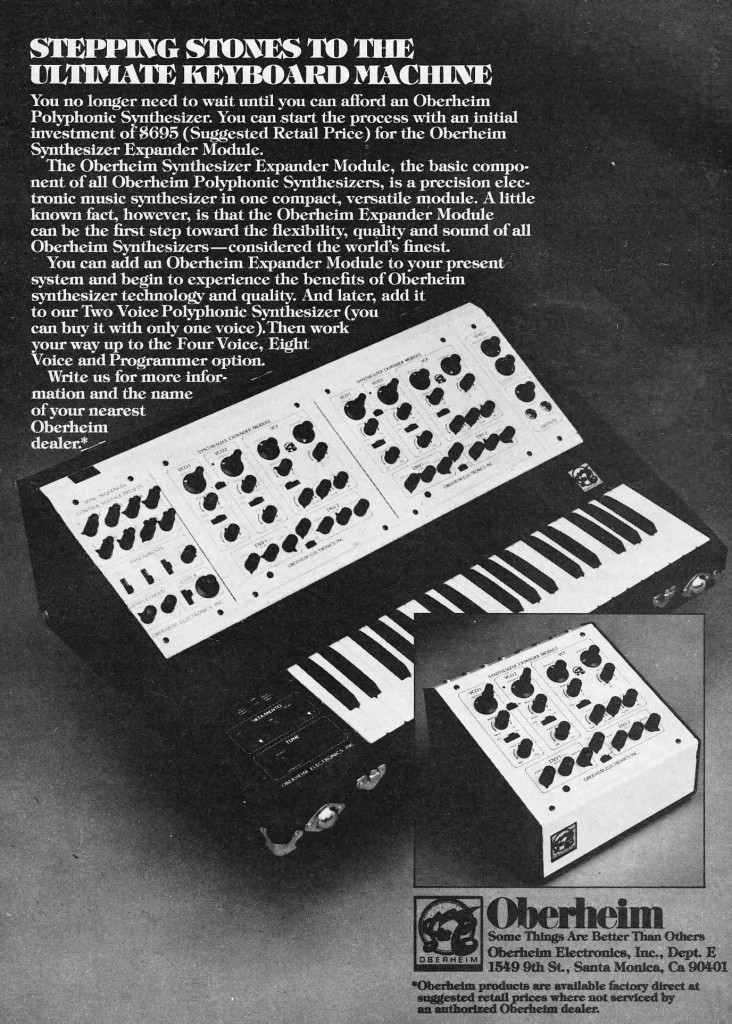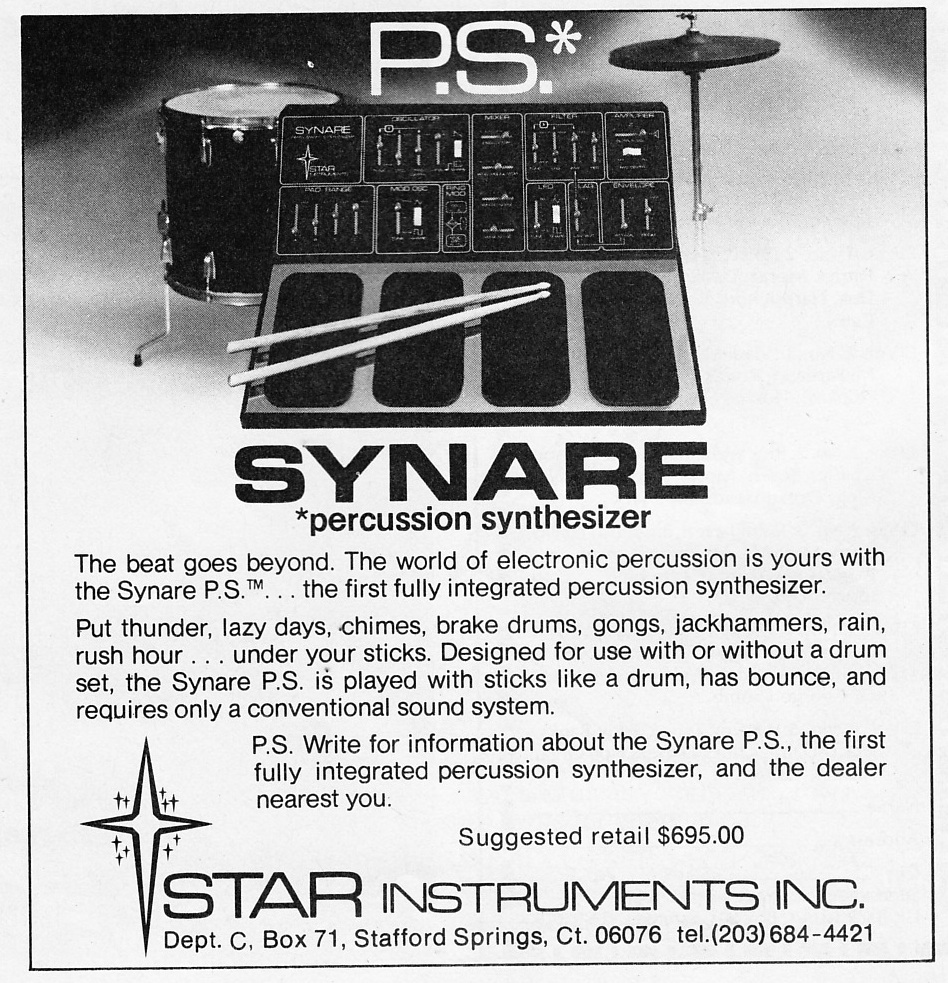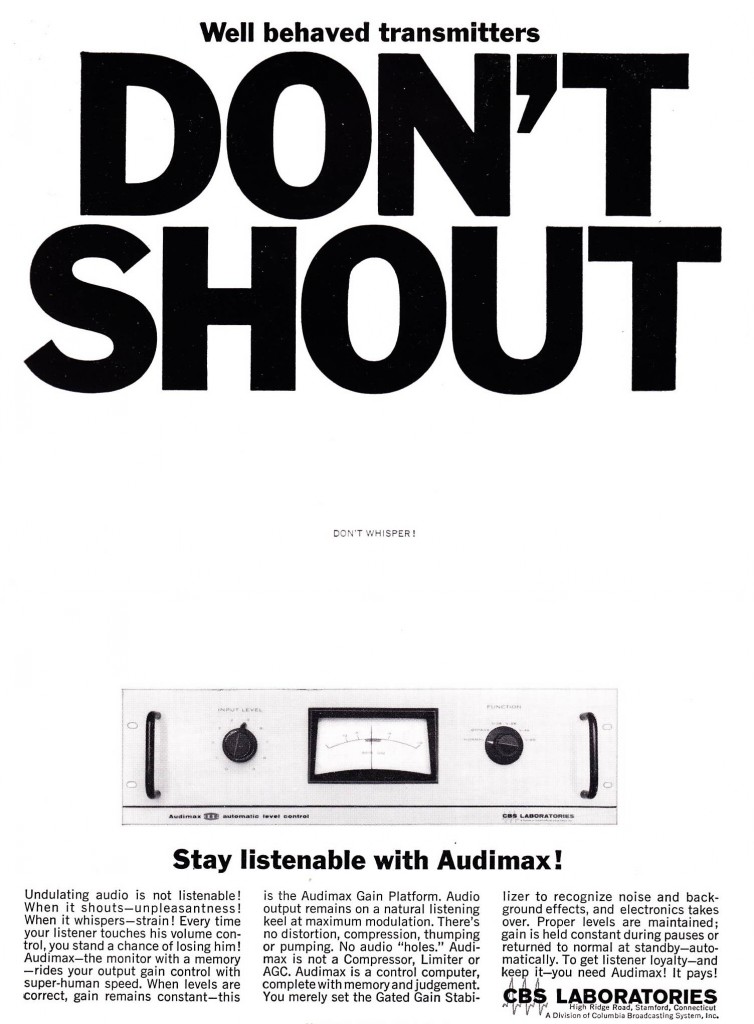
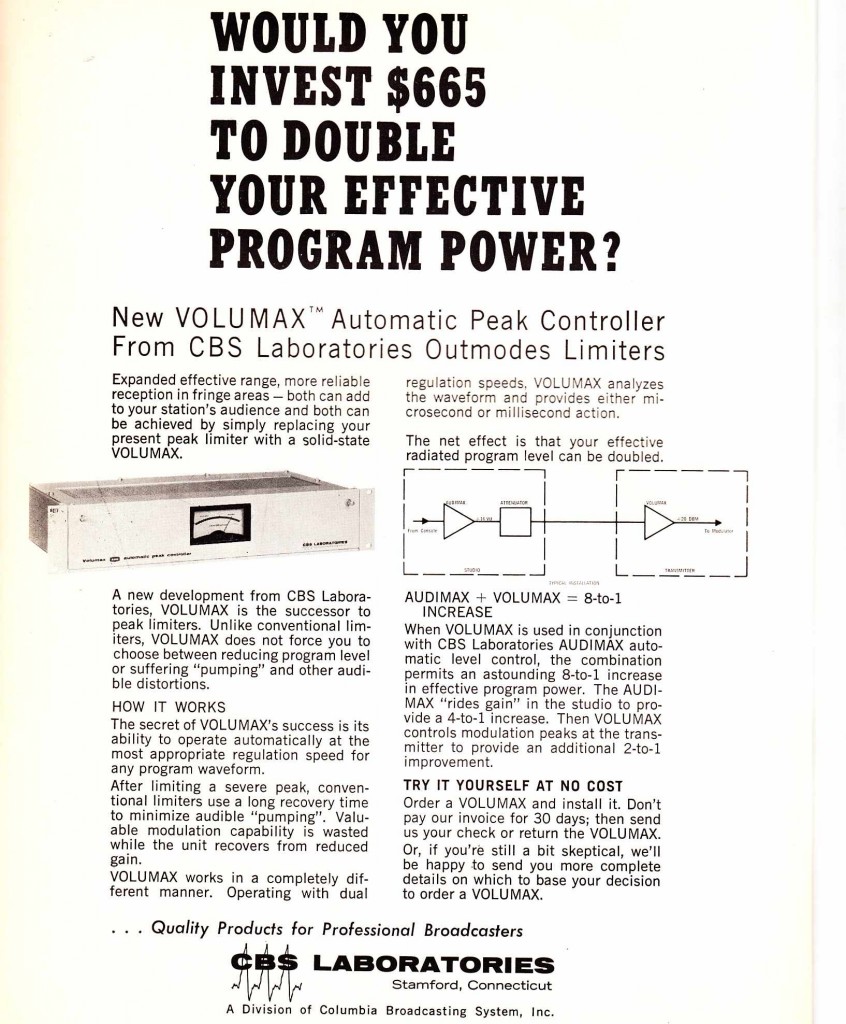
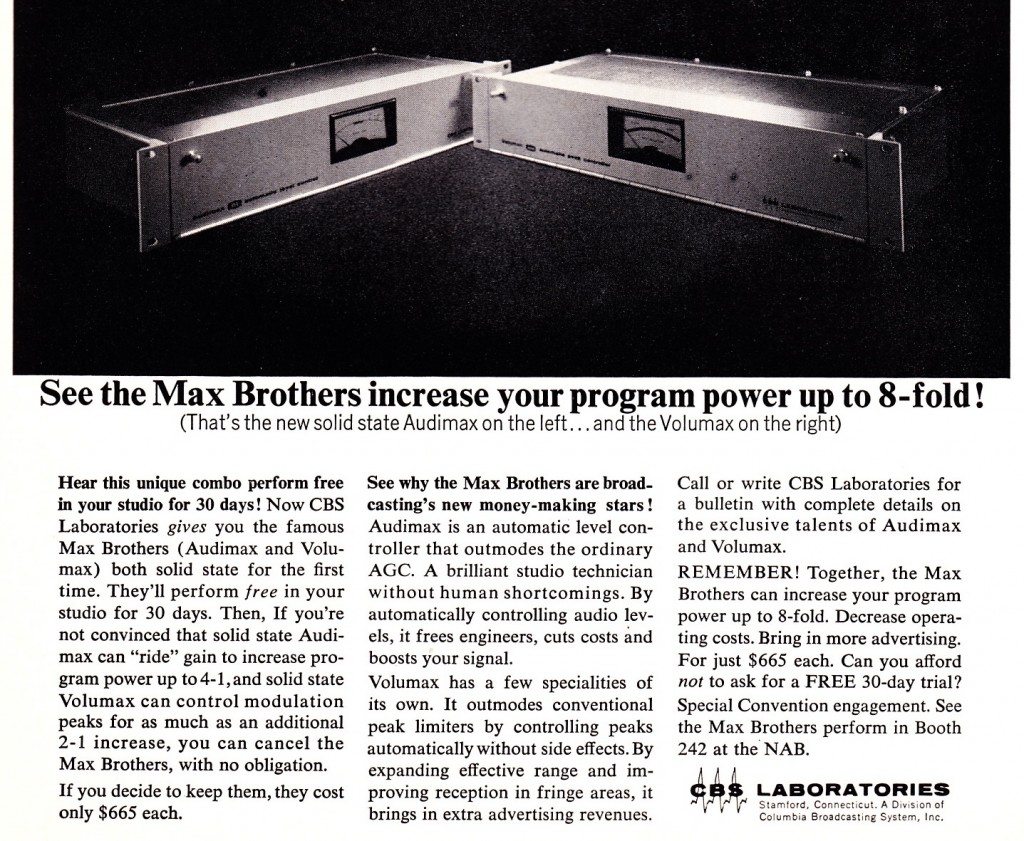 CT! CBS labs, Stamford, 1963 – 1965. These CBS units still seem like the ugly ducklings of the vintage limiter market. I have had 3 of the later solid-state audimax 4440’s in the basement for the past 3 years. They work fine. No one wants em! Eventually these will be re-discovered by some hotshot mixer dude and prices will rise. The 4440 is so goddamn complicated inside, its like a fkkn analog computer. Anyone using the Audimax and/or Volumax lately? Drop us a line and let us know…
CT! CBS labs, Stamford, 1963 – 1965. These CBS units still seem like the ugly ducklings of the vintage limiter market. I have had 3 of the later solid-state audimax 4440’s in the basement for the past 3 years. They work fine. No one wants em! Eventually these will be re-discovered by some hotshot mixer dude and prices will rise. The 4440 is so goddamn complicated inside, its like a fkkn analog computer. Anyone using the Audimax and/or Volumax lately? Drop us a line and let us know…
Tag: connecticut
Several years ago we ran a couple of pieces about LOFT AUDIO, a 1970’s era Connecticut Pro Audio manufacturer. LOFT founder Peter Nimirowski got in touch with us and provided some never-before seen factory photos and documentation. Click here to read the initial PS dot com article, and then click here for the follow-up with Peter’s comments. Anyhow, a decent-condition LOFT 440 Console has finally turned up on eBay, and if it wasn’t tax-time you know I’d be buying this thing. As with any 40-year-old piece of audio equipment, caveat emptor. Click here for the eBay auction. BTW, whatya think all those vintage-70’s API-type knobs are worth? Prolly close to the BIN price…
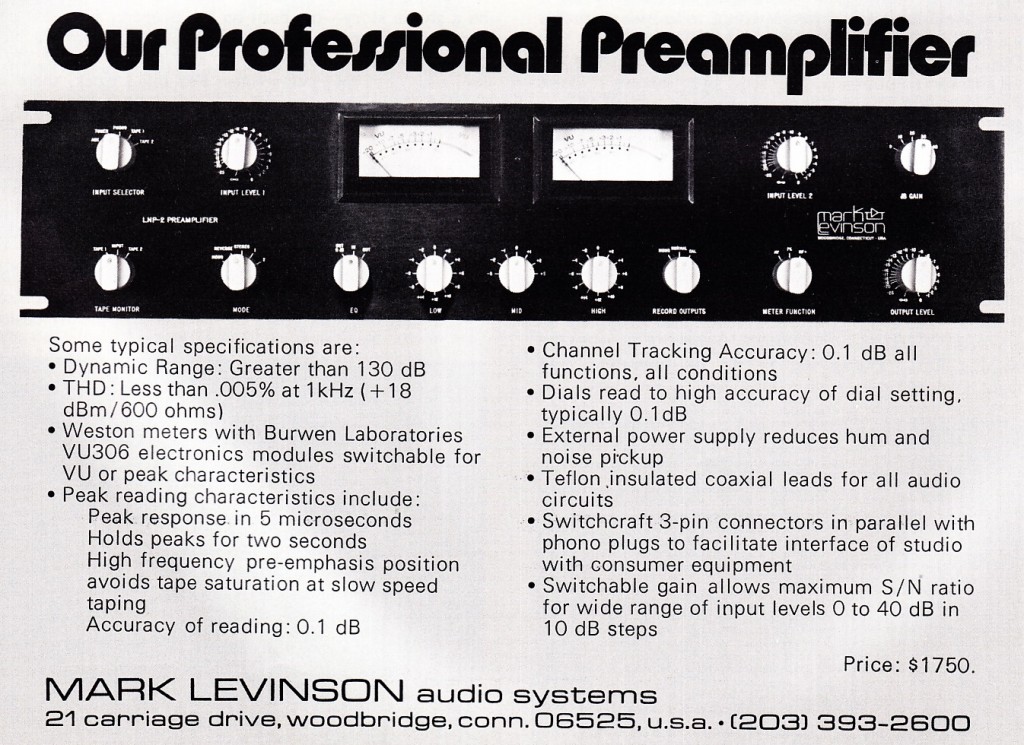 No account of CT audio-history could be complete without Mark Levinson. Above: a 1973 advert for his first product, the LNP-2 pre amplifier. Although it cost $9,050 (yup….) in 2013-dollars, a unit recently sold on eBay for $4500.… so not a terrible investment overall.
No account of CT audio-history could be complete without Mark Levinson. Above: a 1973 advert for his first product, the LNP-2 pre amplifier. Although it cost $9,050 (yup….) in 2013-dollars, a unit recently sold on eBay for $4500.… so not a terrible investment overall.
Click here to download (not my link…) Barry Willis’ account of the career of the CT audio legend. It’s worth a read. Starting with… age 22, he built the console for Woodstock.
Neve Consoles of the 1970s
East Bridgeport, CT
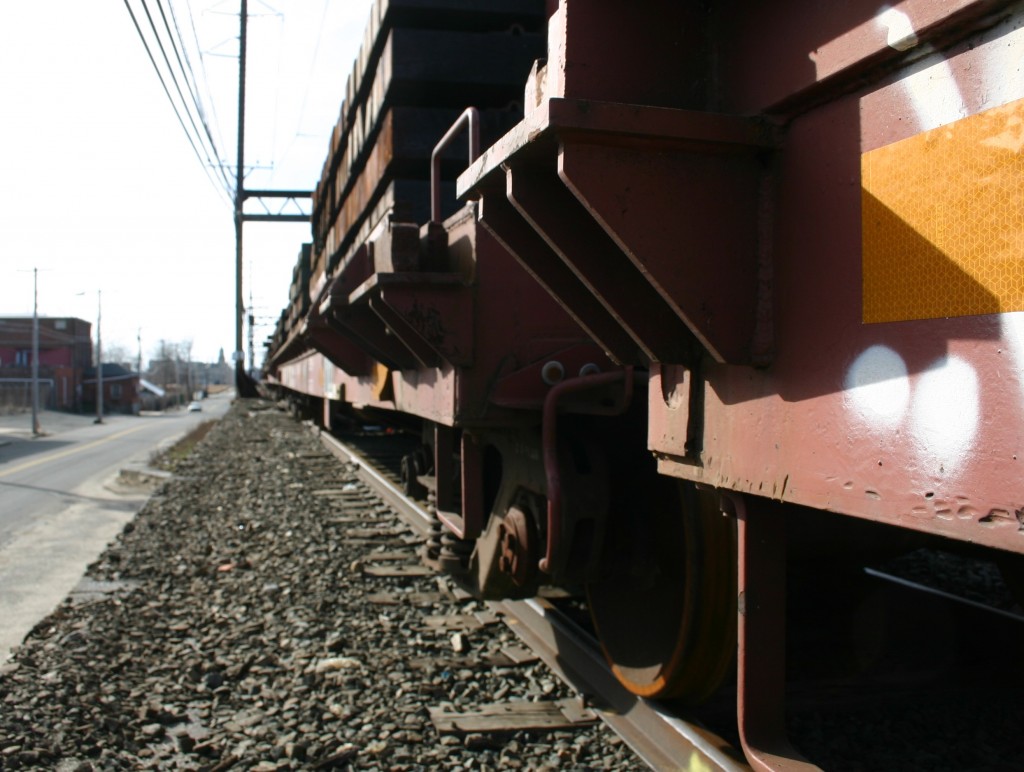 Above: the view along Crescent ave from the intersection of Crescent and Bunnell, where a later Scully Recording Instruments Corp. plant once stood.
Above: the view along Crescent ave from the intersection of Crescent and Bunnell, where a later Scully Recording Instruments Corp. plant once stood.
Last weekend I stopped by 305 Knowlton, a gallery/artist-studio-building nearby my studio Gold Coast Recorders; there was a flea-market/craft-fair event happening at 305. My friend J and I bought some records from MT (who is in all likelihood the first person I ever bought a used record from, some twenty-plus years ago…): I picked up Obscured By Clouds, Booker T and The MG’s ‘Uptight’ soundtrack, and a Ma Rainey Comp. I asked J if he wanted to take a ride to see some local history, and within a minute we pulled up next to this impressive but nondescript building. “What’s this?” asked J. My response: ‘those old records in your lap – they were most likely created using machines designed and built in this very building.’
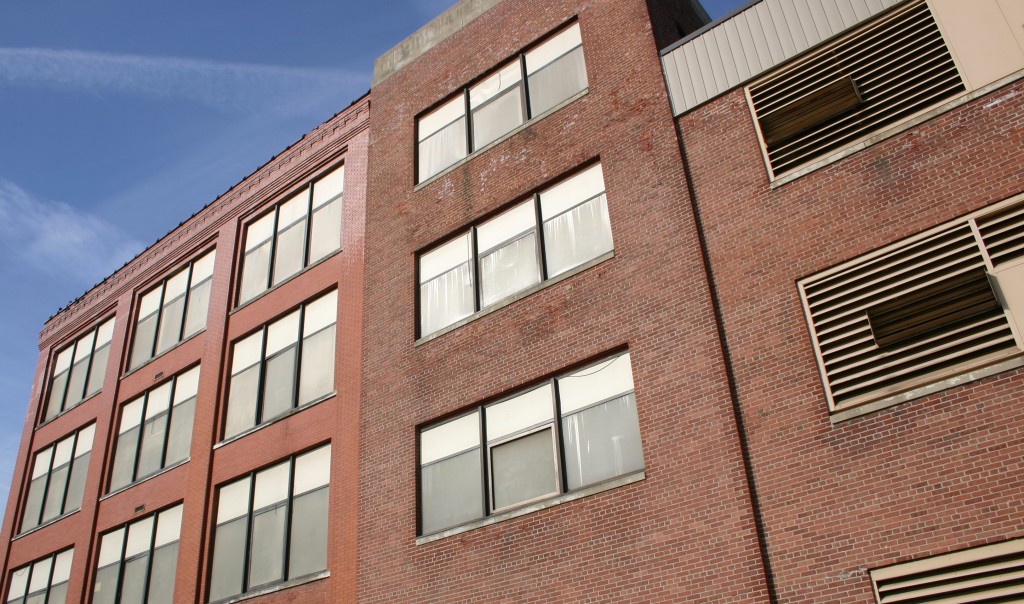 This is the Walter Street address once occupied by the Scully Recording Instruments Corporation (h.f. SRIC). As far as I can tell, SRIC dominated the US vinyl lathe market for most of the 20th century. Not much has been documented about the history of this important company, but we can conjecture a few reasons why they may have sprouted in this unlikely spot. East Bridgeport was developed and built by PT Barnum (yup, the Circus-impresario) largely to support the mid-19th century sewing machine industry, especially the works of Elias Howe. Howe’s tale is a long and complex one, but his company was responsible for drawing a huge number of skilled mechanical craftsmen (or Mechanics, as they were then known) to East Bridgeport in the mid 19th century. This in turn led to the reputation of Bridgeport as one of the machine-making capitals of the world.
This is the Walter Street address once occupied by the Scully Recording Instruments Corporation (h.f. SRIC). As far as I can tell, SRIC dominated the US vinyl lathe market for most of the 20th century. Not much has been documented about the history of this important company, but we can conjecture a few reasons why they may have sprouted in this unlikely spot. East Bridgeport was developed and built by PT Barnum (yup, the Circus-impresario) largely to support the mid-19th century sewing machine industry, especially the works of Elias Howe. Howe’s tale is a long and complex one, but his company was responsible for drawing a huge number of skilled mechanical craftsmen (or Mechanics, as they were then known) to East Bridgeport in the mid 19th century. This in turn led to the reputation of Bridgeport as one of the machine-making capitals of the world.
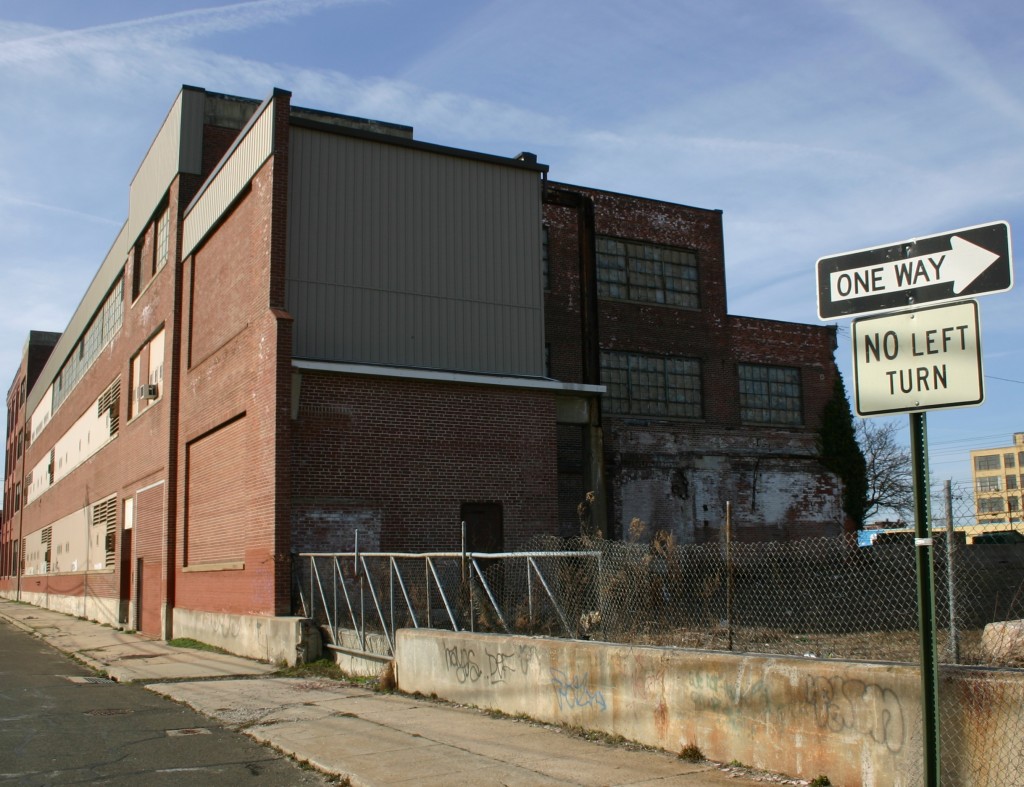 Above, another view of the former SRIC address on Walter street. At some point in the 1960s, the SRIC moved a few blocks away to the intersection of Crescent and Bunnell.
Above, another view of the former SRIC address on Walter street. At some point in the 1960s, the SRIC moved a few blocks away to the intersection of Crescent and Bunnell.
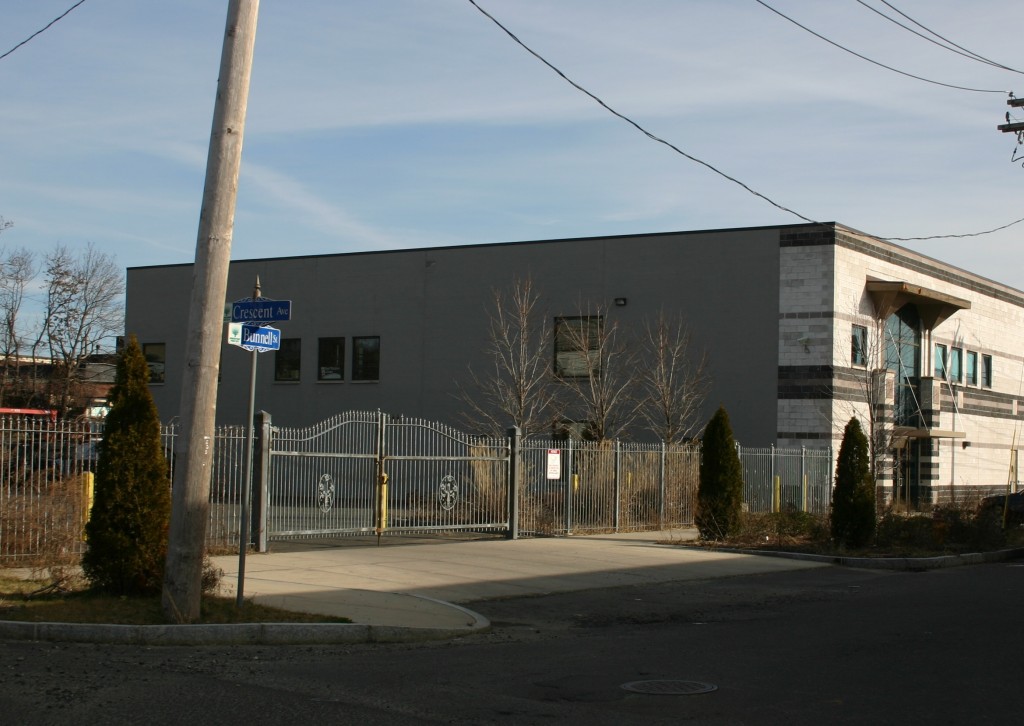 The parking-lot shown above is situated at 480 Bunnell, which is indicated as the late-60’s address of the SRIC. I’ve had various audio-related enterprises based in East Bridgeport for seven years now; in addition to GCR, my modest audio-electronics shop is located just a few minutes from Bunnell street on Connecticut ave; my old recording studio was also once based in that space. I don’t know why it never occurred to me until now to investigate the previous neighborhood connections. Bridgeport has several other notable audio-historical connections which I will be documenting soon, starting with Columbia Records. Stay tuned…
The parking-lot shown above is situated at 480 Bunnell, which is indicated as the late-60’s address of the SRIC. I’ve had various audio-related enterprises based in East Bridgeport for seven years now; in addition to GCR, my modest audio-electronics shop is located just a few minutes from Bunnell street on Connecticut ave; my old recording studio was also once based in that space. I don’t know why it never occurred to me until now to investigate the previous neighborhood connections. Bridgeport has several other notable audio-historical connections which I will be documenting soon, starting with Columbia Records. Stay tuned…
Music at Home 1973
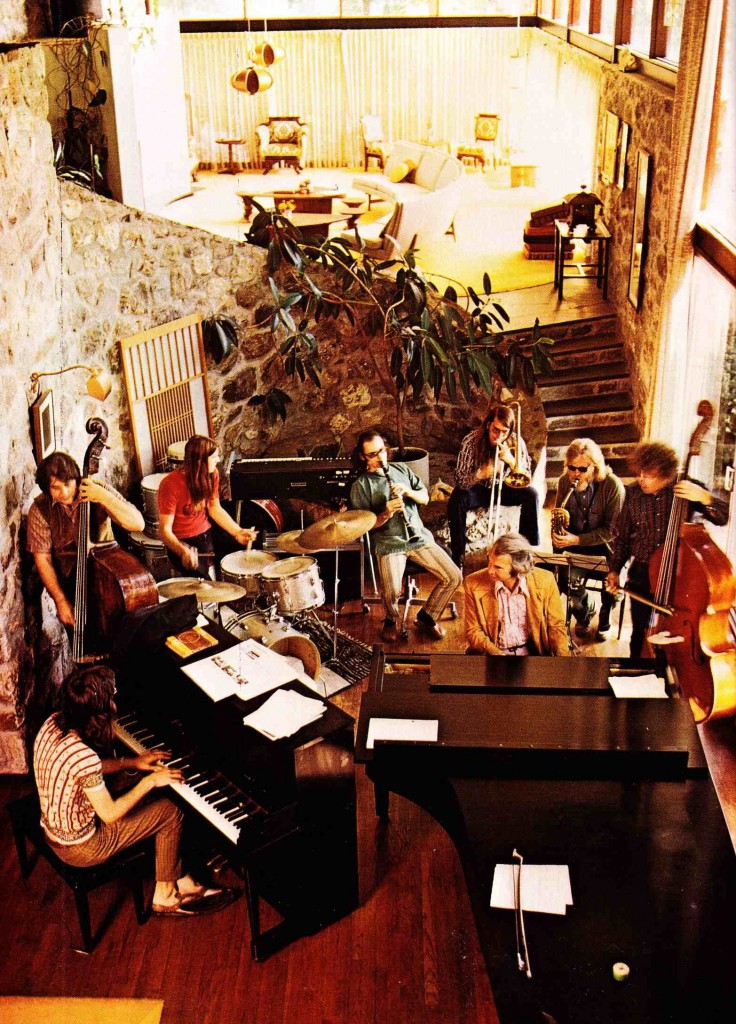
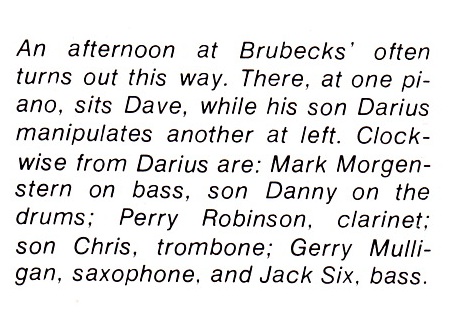 Dave Brubeck, his sons Darius, Chris, and Danny, and friends Mark Morgenstern, Perry Robinson, and Gerry Mulligan make music at home in 1973. Growing up in Northern Fairfield county, Brubeck was one of the local musical-greats – along with Keith Richards, Meatloaf, Andy Powell, and Mary Travers. The picture above is from vol 10, # 3 of “On The Sound” Magazine, which was a Fairfield-County lifestyle magazine published in the early 1970s. Brubeck will be forever regarded as one of the titans of Jazz music. He is now 91 years old and still lives in the house pictured above, AFAIK.
Dave Brubeck, his sons Darius, Chris, and Danny, and friends Mark Morgenstern, Perry Robinson, and Gerry Mulligan make music at home in 1973. Growing up in Northern Fairfield county, Brubeck was one of the local musical-greats – along with Keith Richards, Meatloaf, Andy Powell, and Mary Travers. The picture above is from vol 10, # 3 of “On The Sound” Magazine, which was a Fairfield-County lifestyle magazine published in the early 1970s. Brubeck will be forever regarded as one of the titans of Jazz music. He is now 91 years old and still lives in the house pictured above, AFAIK.
Keys of the 70s
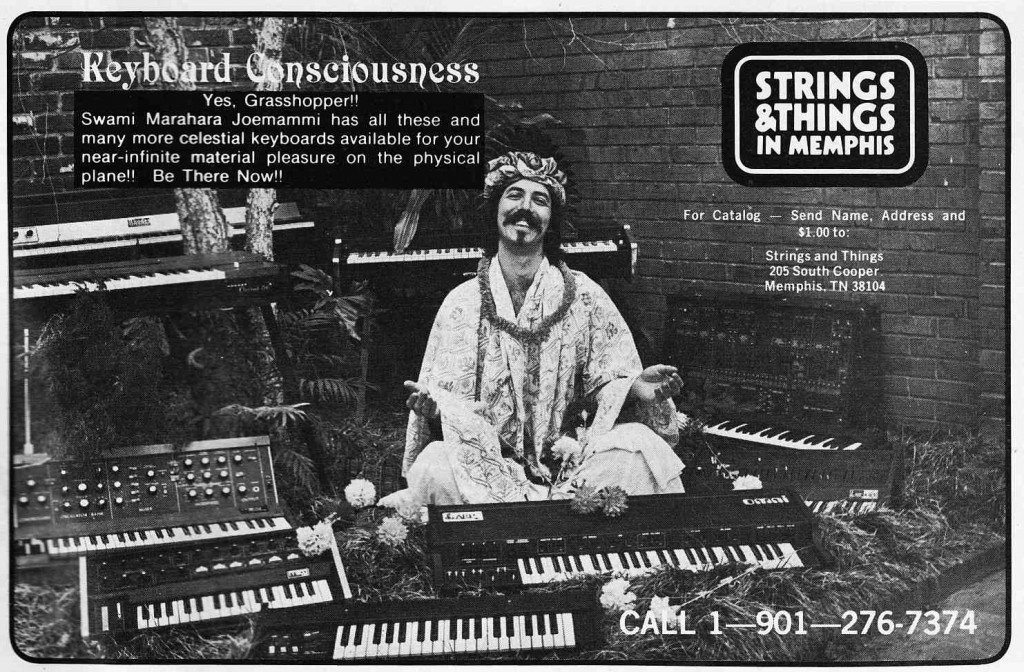 Strings & Things Memphis advert for keyboards circa 1977.
Strings & Things Memphis advert for keyboards circa 1977.
Been looking through some mid-70s issues of “Contemporary Keyboard” (h.f. “CK”) magazine. CK later became simply “Keyboard,” which is still in publication; it’s part of the GUITAR PLAYER family of publications. NEways… 1976/7 was an interesting time in the development of keyboard instruments. Affordable polyphonic (IE., you can play more than one note at a time) synthesizers were still a few years away, and realistic-sounding electronic pianos were still about a decade away. So what you had was a very mixed bag of Electronic Pianos and ‘String Synthesizers,’ which are both basically hyped-up electric organs; some still-useful electro-acoustic instruments; and a pretty wide range of pretty experimental synthesizers, many from small manufacturers that didn’t stay around very long. In about 6 years this would all be blown away by advanced Japanese synths with built-in programming, patch memory, and all with polyphony; the Roland/Korg/Yamaha DX7 era; and this too would fall at the hands of the dreaded Korg M1, which ushered in the Rompler era. Anyone out there using an M1 lately?
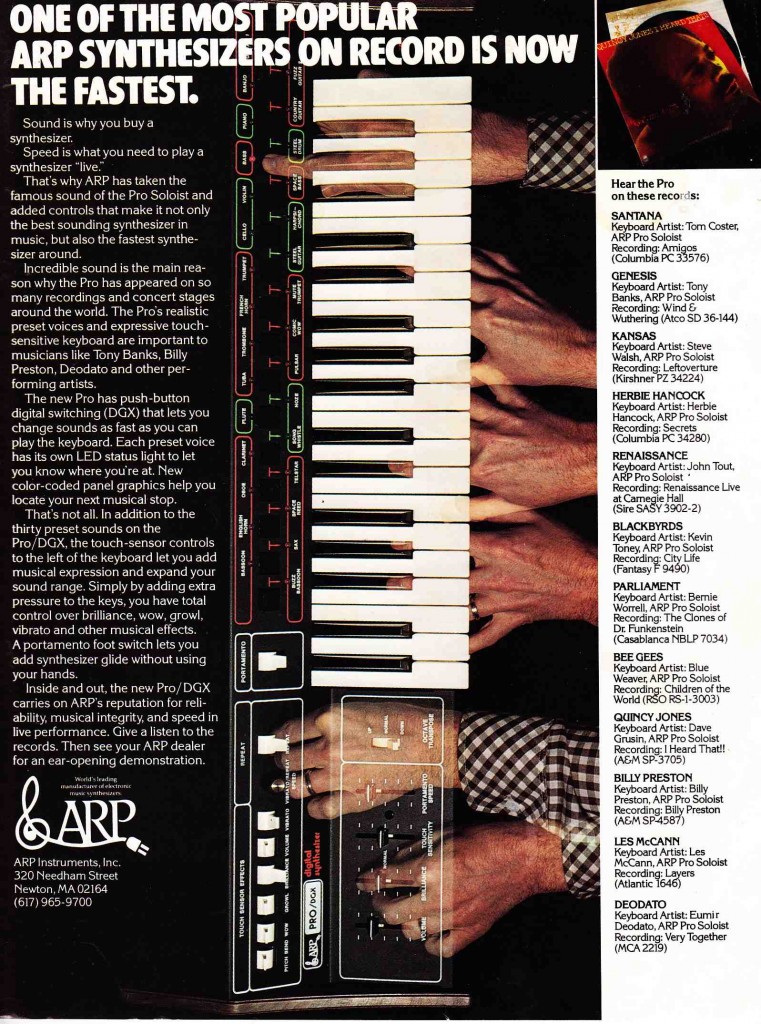 The ARP pro-soloist, typical of the ‘preset’ synths of the era; preset synths offered interfaces optimized for live-performance rather than endless tweaking in the studio.
The ARP pro-soloist, typical of the ‘preset’ synths of the era; preset synths offered interfaces optimized for live-performance rather than endless tweaking in the studio.
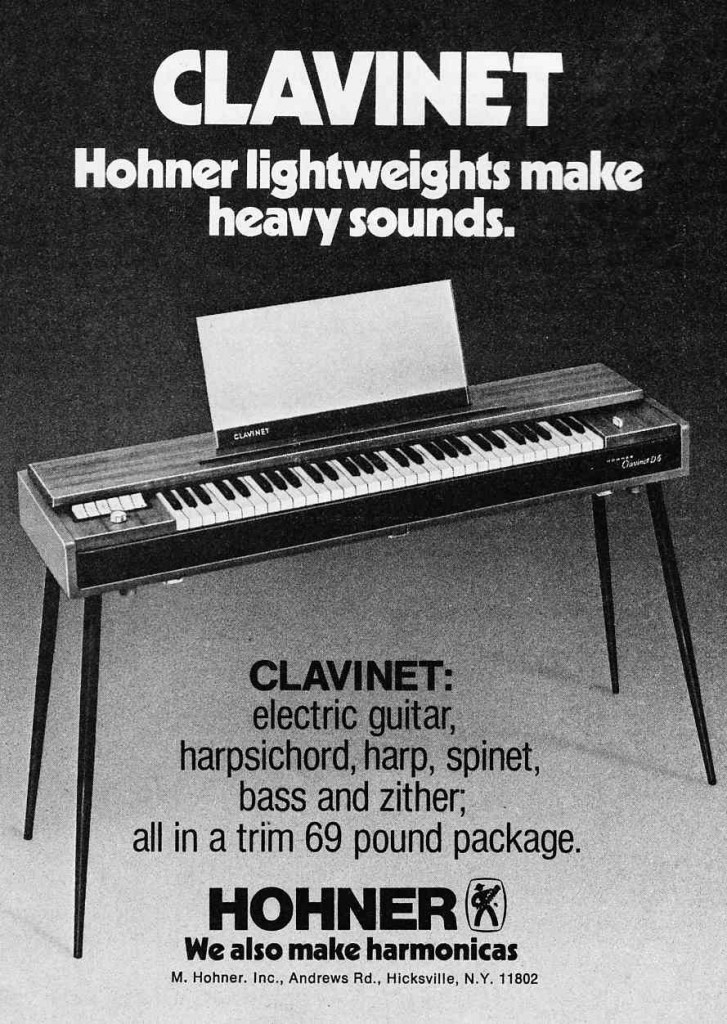
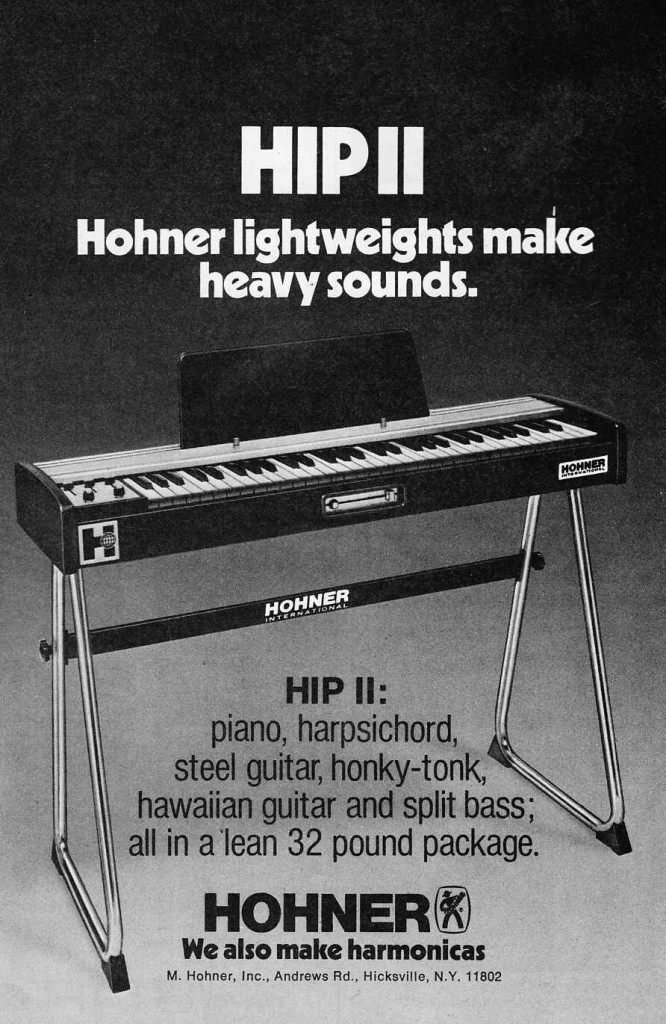
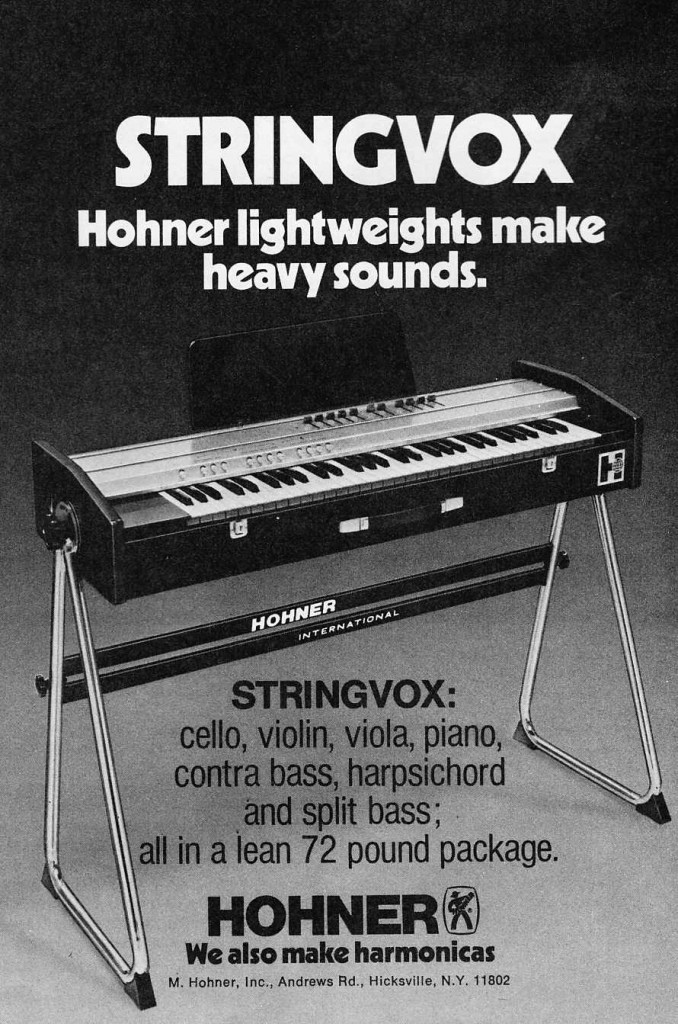 The Hohner Clavinet, HIP II, and Stringvox. The Clavinet has attained classic status, and many are still in use; not so sure about the HIP II and Stringvox.
The Hohner Clavinet, HIP II, and Stringvox. The Clavinet has attained classic status, and many are still in use; not so sure about the HIP II and Stringvox.
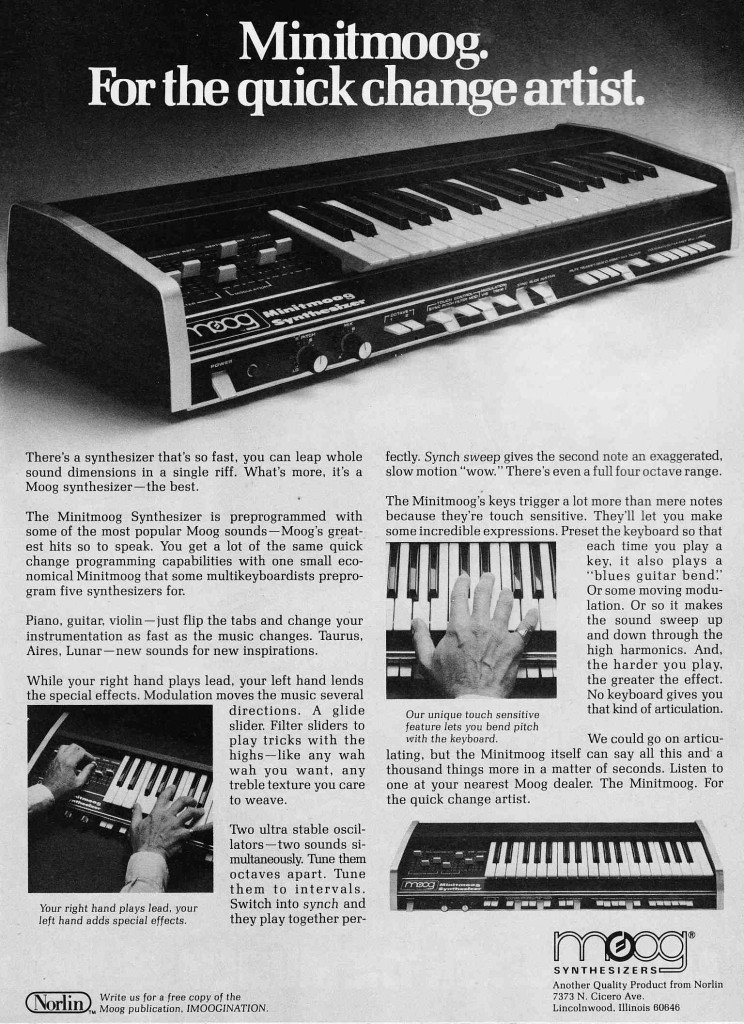
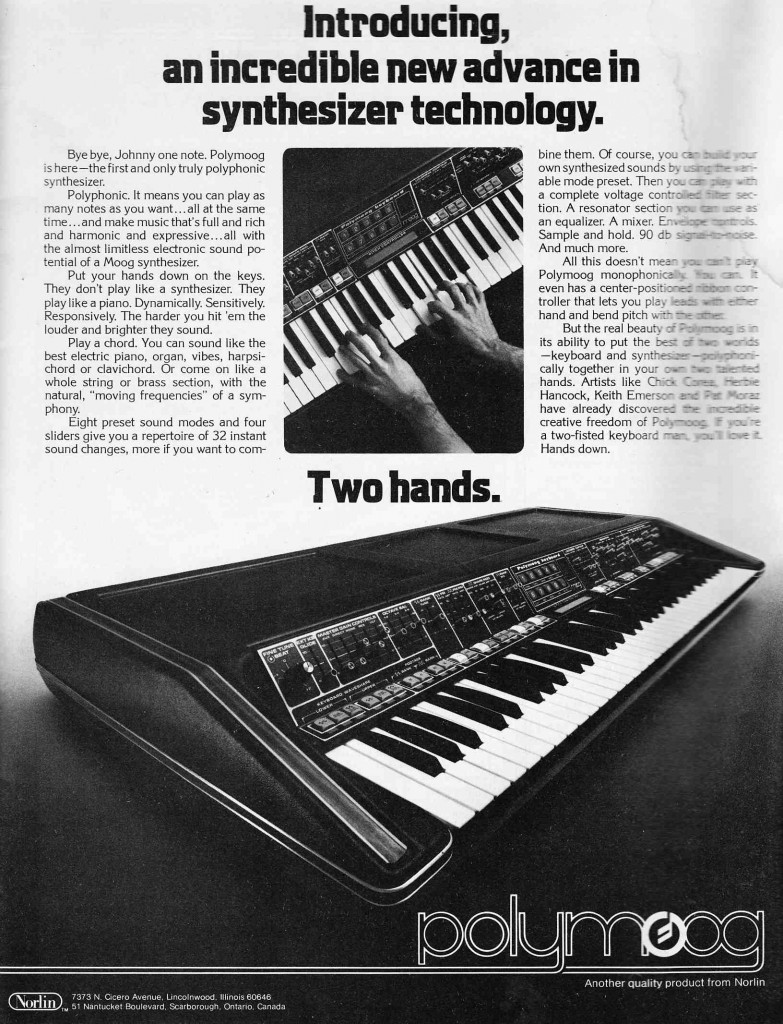 A couple of Moogs from different ends of the spectrum. The Minitmoog was a ‘preset’ synth; the Polymoog was not a true synth; it was closer to an organ in terms of its basic operating principle.
A couple of Moogs from different ends of the spectrum. The Minitmoog was a ‘preset’ synth; the Polymoog was not a true synth; it was closer to an organ in terms of its basic operating principle.
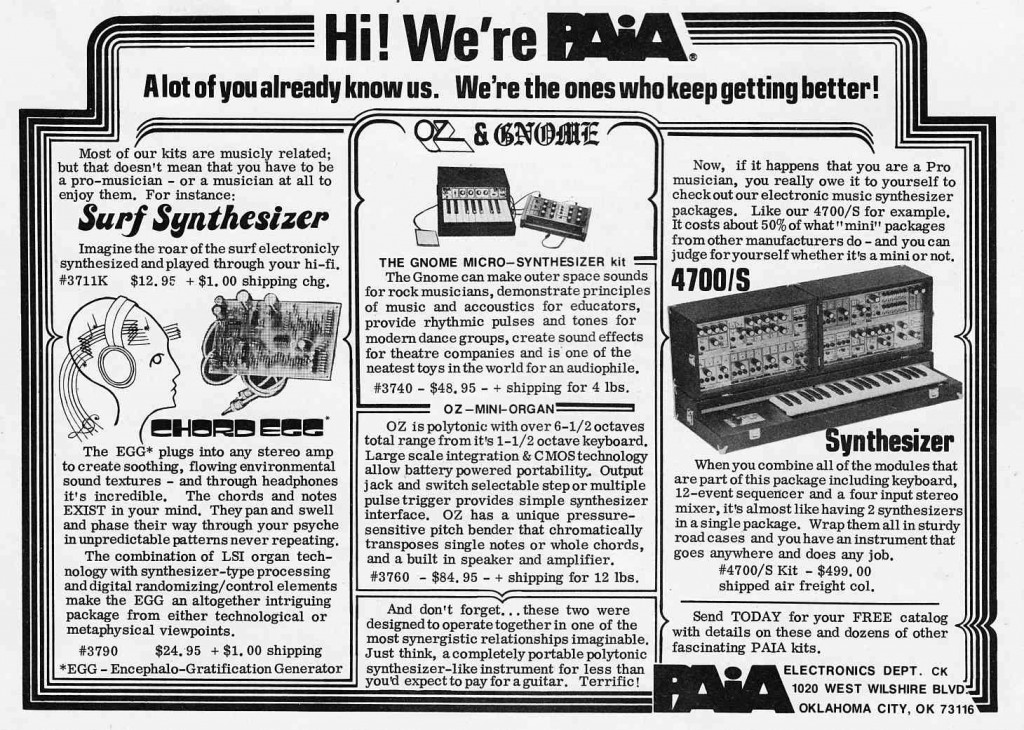 A few Paia synth-kit offerings of the mid 70s: the Surf Synthesizer, The Gnome, and the classic 4700. See this link for previous PAIA coverage on PS dot com.
A few Paia synth-kit offerings of the mid 70s: the Surf Synthesizer, The Gnome, and the classic 4700. See this link for previous PAIA coverage on PS dot com.
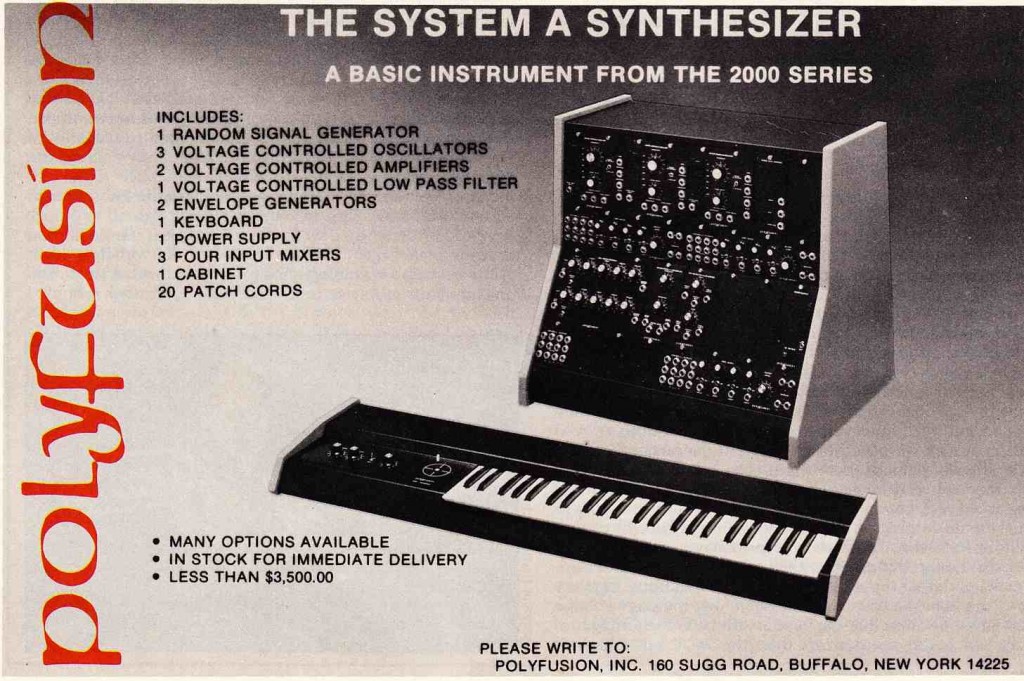 An advert for the Polyfusion System A. See this link for previous coverage of the Polyfusion line.
An advert for the Polyfusion System A. See this link for previous coverage of the Polyfusion line.
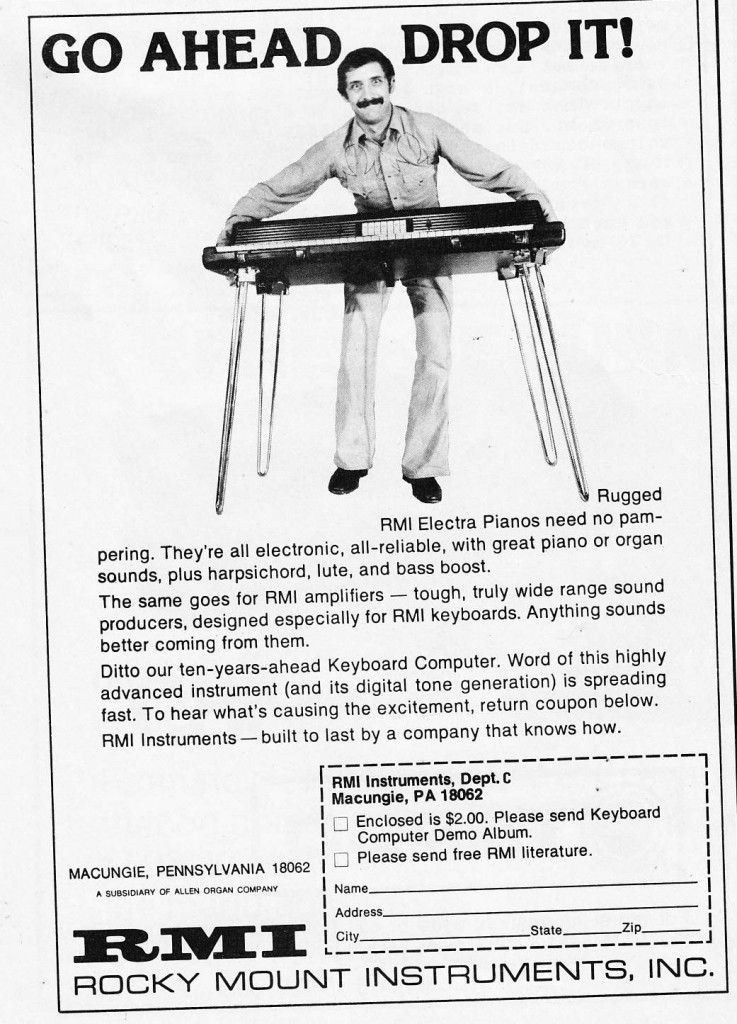 The RMI Electra Piano. When we were growing up in the late 80s/early 90s, ‘electric pianos’ like these were about fifty bucks or less; no one wanted them, and that has not changed. They sound pretty awful but they’re still heavy and cumbersome!
The RMI Electra Piano. When we were growing up in the late 80s/early 90s, ‘electric pianos’ like these were about fifty bucks or less; no one wanted them, and that has not changed. They sound pretty awful but they’re still heavy and cumbersome!
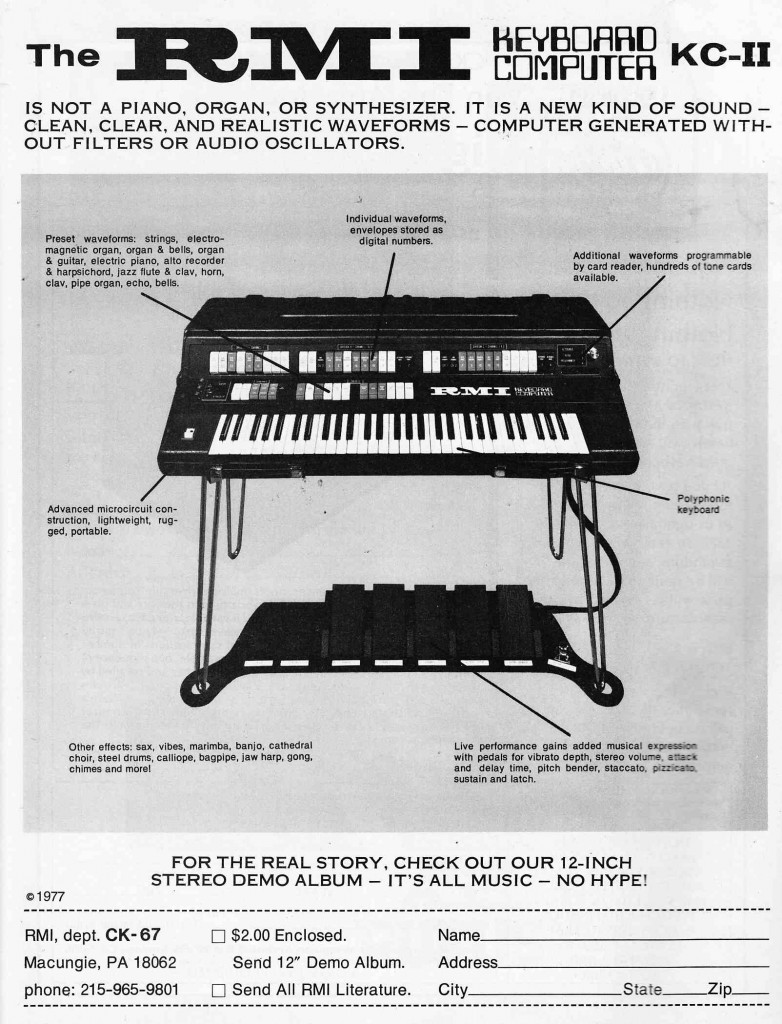 The RMI KC-II Keyboard Computer. From what I gather, this device is essentially a RAMpler; not too different in basic principle from the epic Synclavier in that the user could input waveforms which would then be manipulated. This thing apparently cost $4700 which means that… yeah… there ain’t too many out there.
The RMI KC-II Keyboard Computer. From what I gather, this device is essentially a RAMpler; not too different in basic principle from the epic Synclavier in that the user could input waveforms which would then be manipulated. This thing apparently cost $4700 which means that… yeah… there ain’t too many out there.
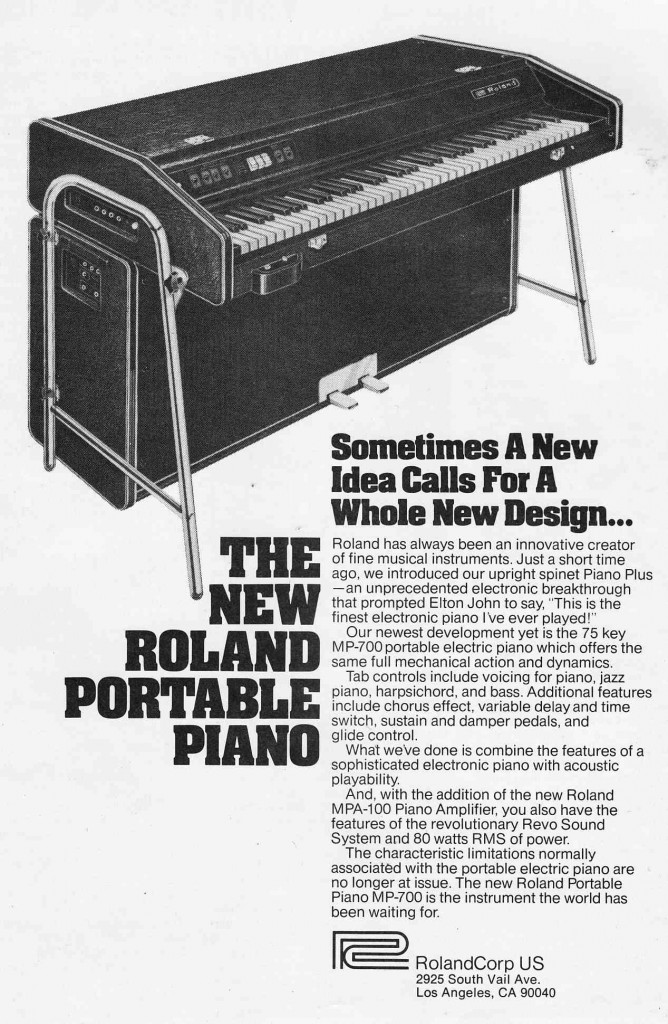 Roland MP-700 electronic piano
Roland MP-700 electronic piano
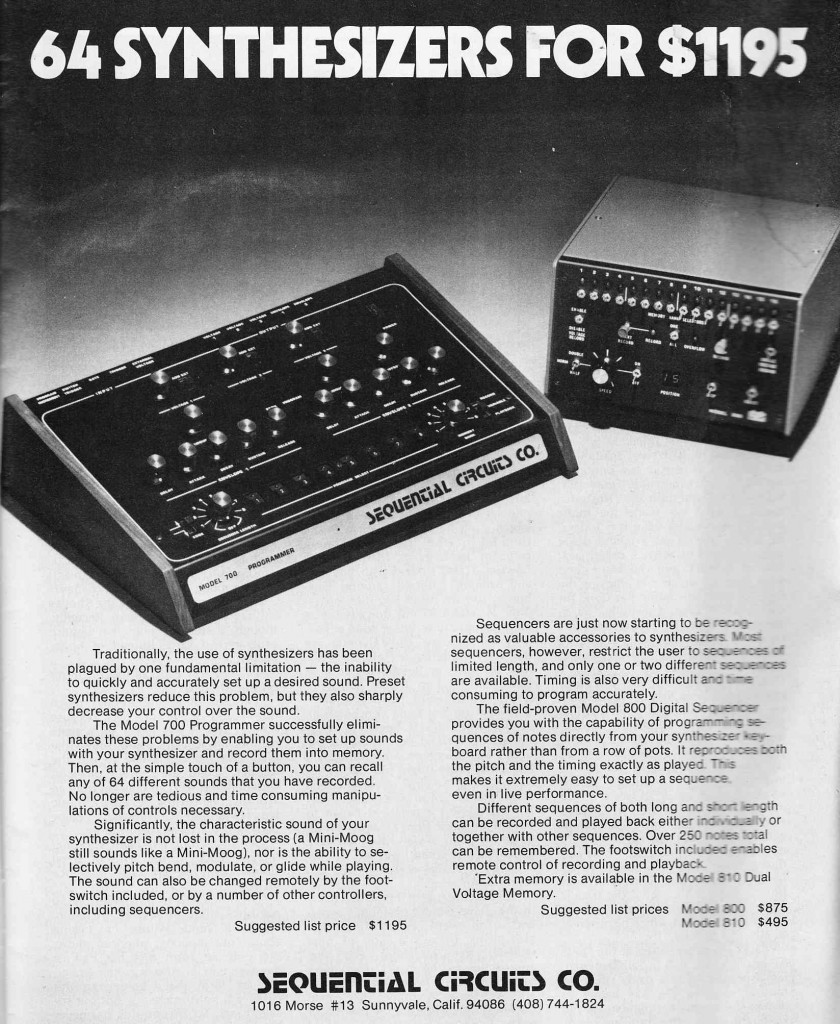 Sequential Circuits Model 700 programmer. I assume that this thing has a bunch of jackpoints that you would connect to various I/O points on yr modular synth… anyone use one of these?
Sequential Circuits Model 700 programmer. I assume that this thing has a bunch of jackpoints that you would connect to various I/O points on yr modular synth… anyone use one of these?
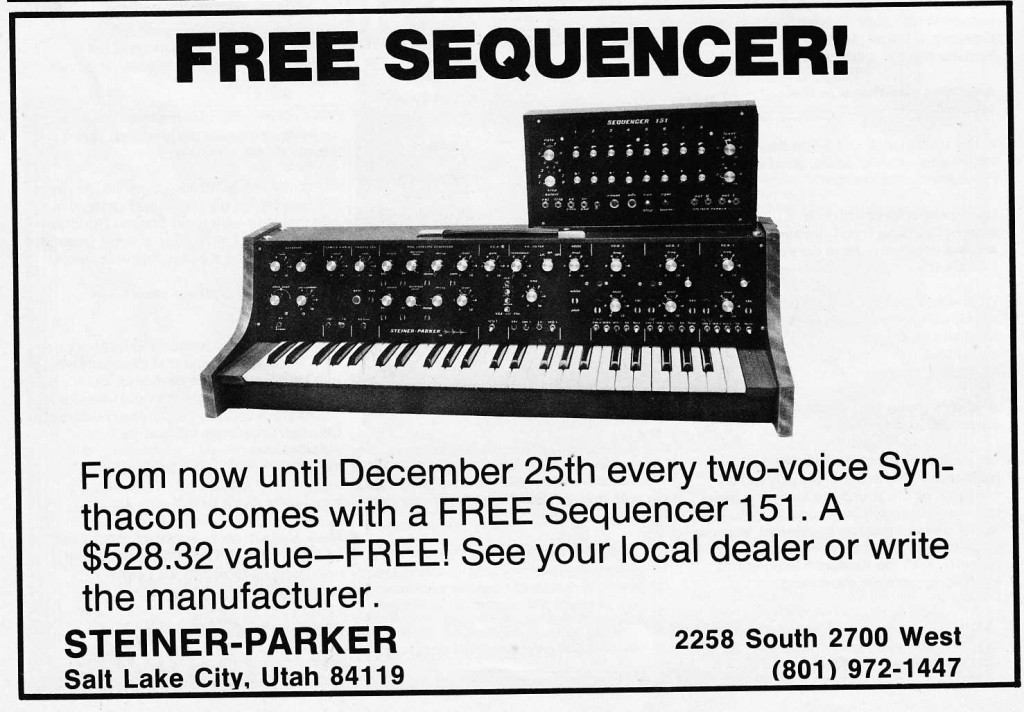 The Steiner-Parker Synthacon. A rare Minimoog-esque unit. Apparently used on IN THE LIGHT.
The Steiner-Parker Synthacon. A rare Minimoog-esque unit. Apparently used on IN THE LIGHT.
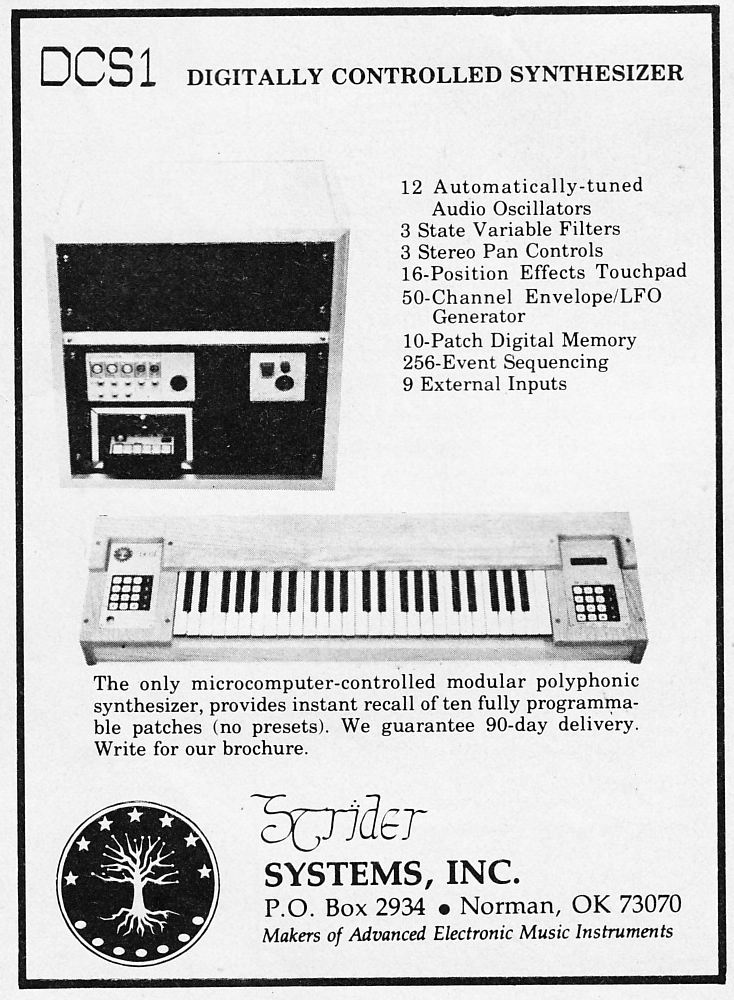 The Strider Systems DCS1. I can’t find any info on this piece. Anyone?
The Strider Systems DCS1. I can’t find any info on this piece. Anyone?
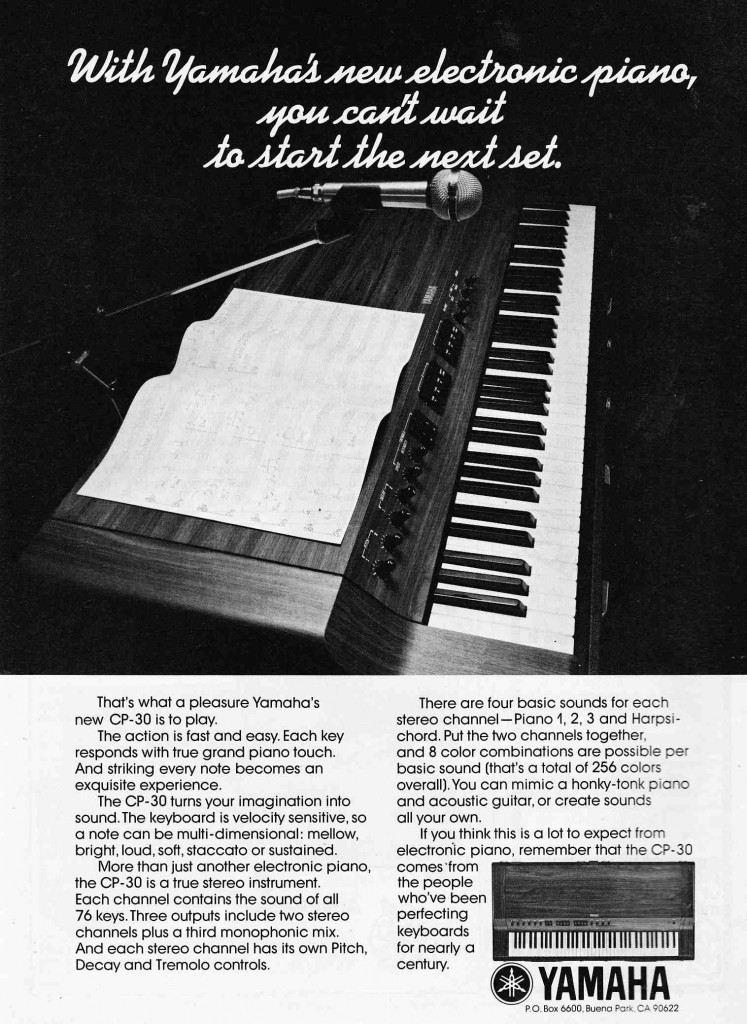 Yamaha CP-30, yet another electronic piano
Yamaha CP-30, yet another electronic piano
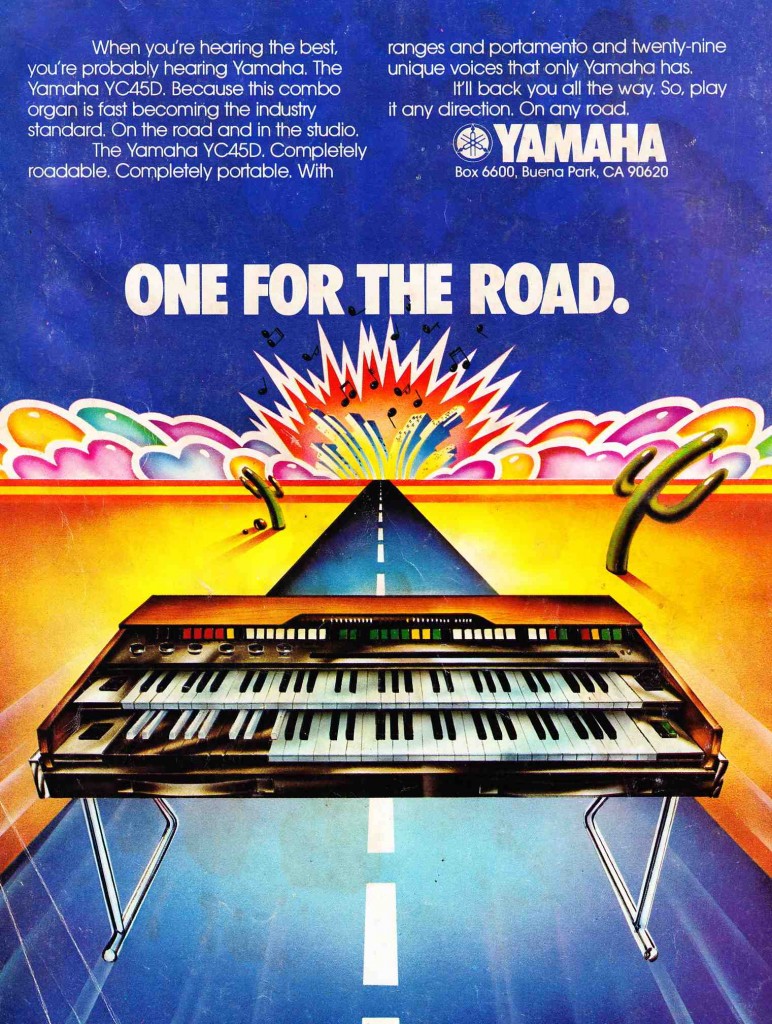 The Yamaha YC-45, the flagship model of their YC series. The YCs are unapologetic “Combo Organs,” which explains why they are still in use while the string synths and electronic pianos rest mainly in landfills. These are great-sounding, versatile organs; they also weigh a metric tonne so be forewarned.
The Yamaha YC-45, the flagship model of their YC series. The YCs are unapologetic “Combo Organs,” which explains why they are still in use while the string synths and electronic pianos rest mainly in landfills. These are great-sounding, versatile organs; they also weigh a metric tonne so be forewarned.
Want more? Check out this site; this man has dedicated his entire blog to territory that I only dare visit.
Tomorrow: some interesting keyboard amps and FX from the era.
